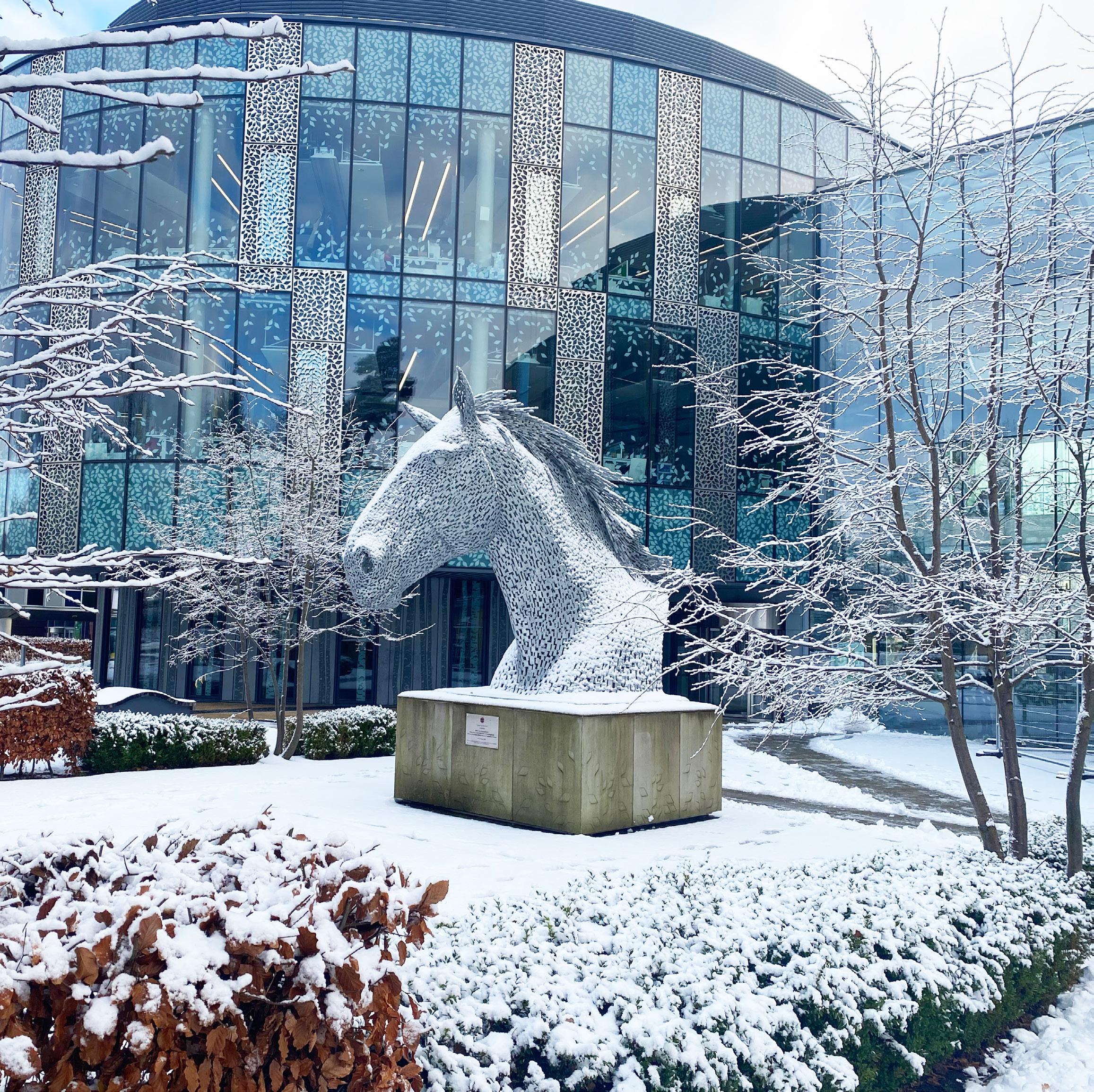

a warm welcome
Avery warm welcome to this year’s edition of the Dick Vet News. In September 2023, the year of the School’s Bicentenary, I was appointed Head of the Royal (Dick) School of Veterinary Studies and Dean of Veterinary Medicine.
Over the last year, I have felt honoured to meet many of our staff, students, alumni, and supporters at the various events we held, including the incredible Bicentenary Gala Dinner at the National Museum of Scotland (see pictures on right). I was also privileged to deliver my inaugural lecture on Empathy, Science and DecisionMaking at the close of the Bicentenary events.
Last December, instead of sharing the Dick Vet News as usual, we released the Bicentenary Celebration book, which you can view online if you missed it at the time – link below: www.vet.ed.ac.uk/news-events/multimedia
This year’s edition is exceptional, packed with news from teams across our campus, with stories of innovative research and practices which have had a significant impact on animal, human and environmental health and well-being at local, national, and global levels.
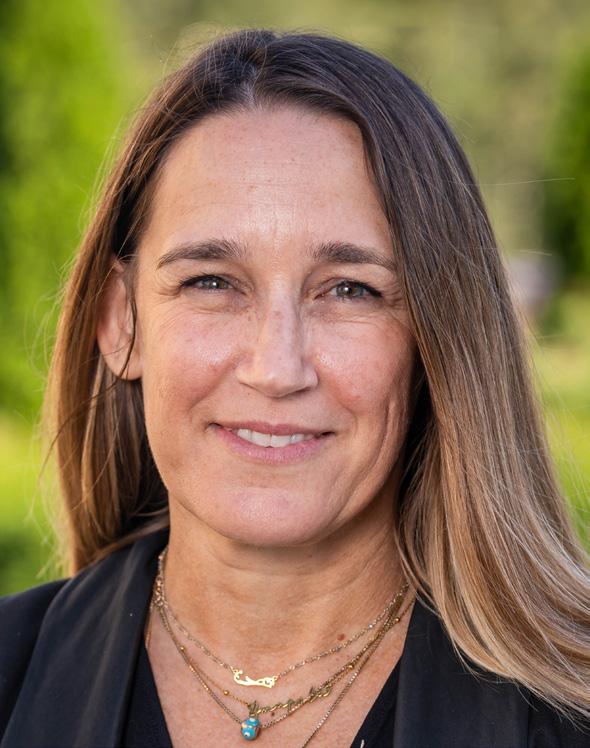
Our school is dedicated to life-long learning and sustained relationships with our veterinary profession from admission through to graduation and beyond. Our students are at the heart of our community, active in exciting activities throughout the year, which you can read about in this issue (see page 14). We have watched
in admiration the many significant achievements of our staff which have led to intellectual, technological and social impact. We celebrated, along with the rest of the world, Jasmin Paris’s record-breaking completion of the Barkley Marathons and her subsequent MBE (see page 6). The connection we maintain between staff, students and our impressive alumni network is a huge strength and source of pride. In 2024, we hosted several alumni celebration events, including an extraordinary 50th reunion for the class of 1974 (see page 12). It is a tribute to our community that our students and staff want to return to see each other, to remember their time at the School and to support us.
While we celebrate our successes, we must also acknowledge the significant existential challenges we face locally and globally, resultant from climate change, conflict and resource scarcity. The School must recognise and act in response to the opportunity it has to positively shape this future. Our campus - and our worldwide network of expertise in One Health (animal health and welfare, animal biosciences, agriculture, aquaculture, food systems and conservation, biodiversity and eco-system health), enables us to be leaders for transformative global change. I invite you to connect with us to discuss opportunities for collaboration. With your support, we are confident in our ability to make a meaningful impact on the planet we all share.
Professor Lisa Boden, Head of School and Dean of Veterinary Medicine


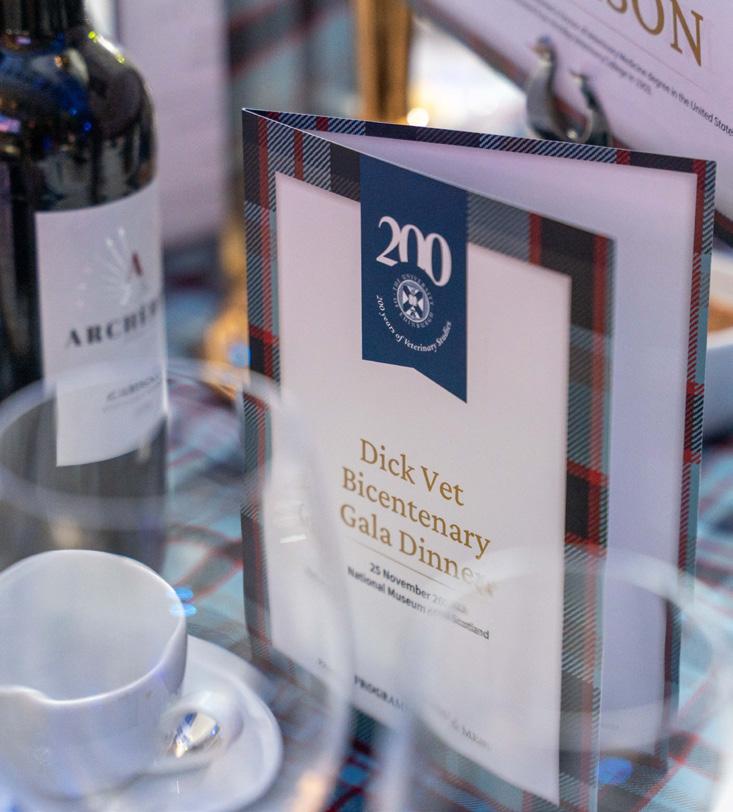
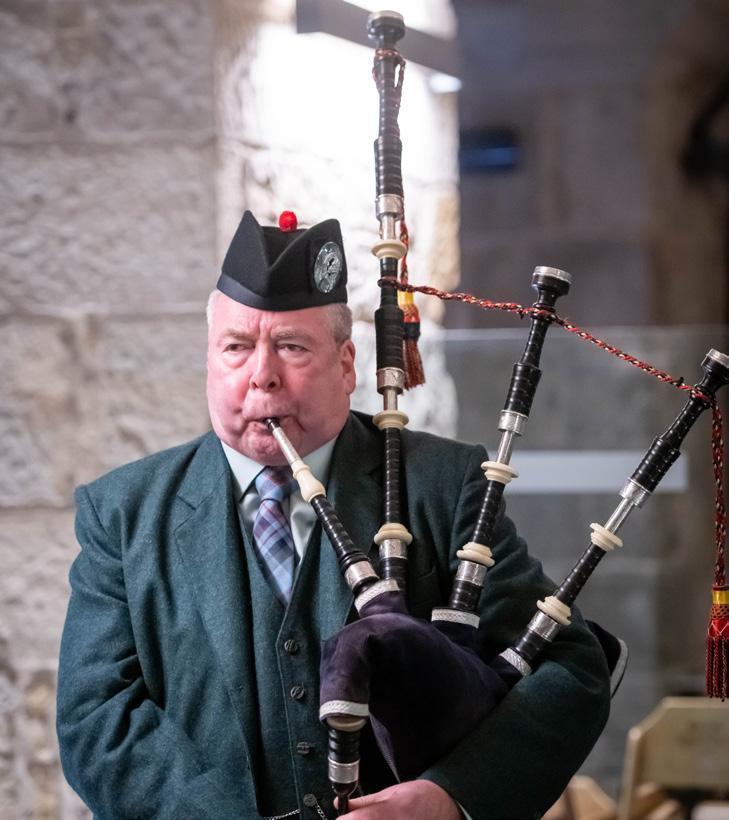


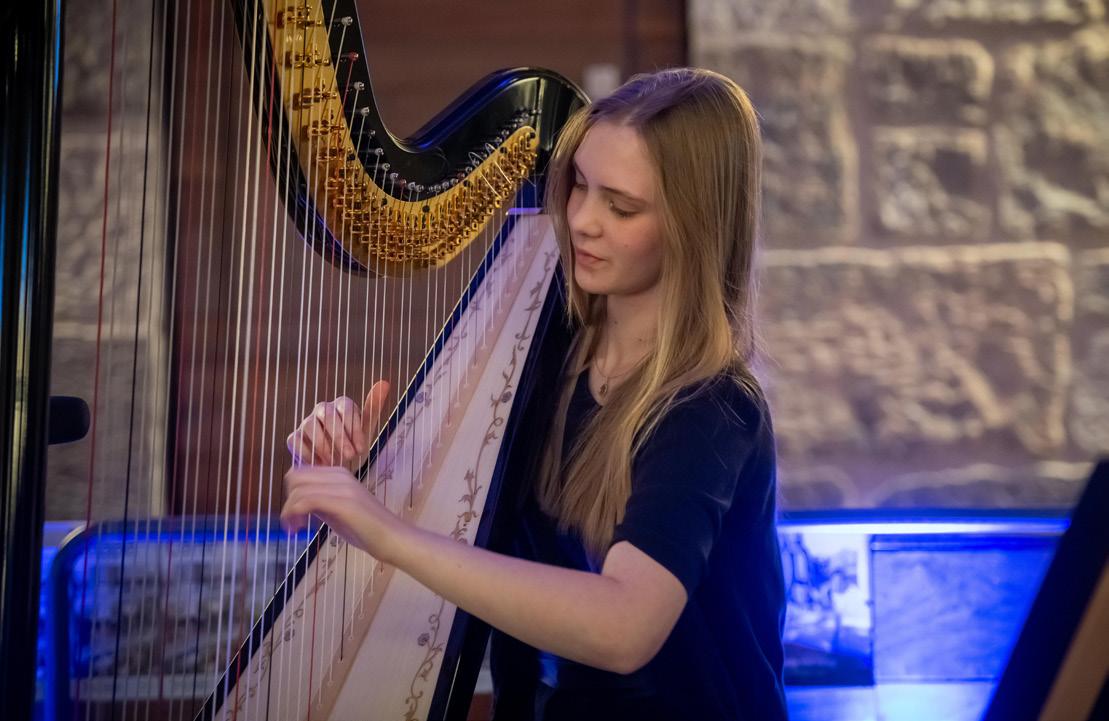

Images from the 2023 Bicentenary Gala Dinner
Jan
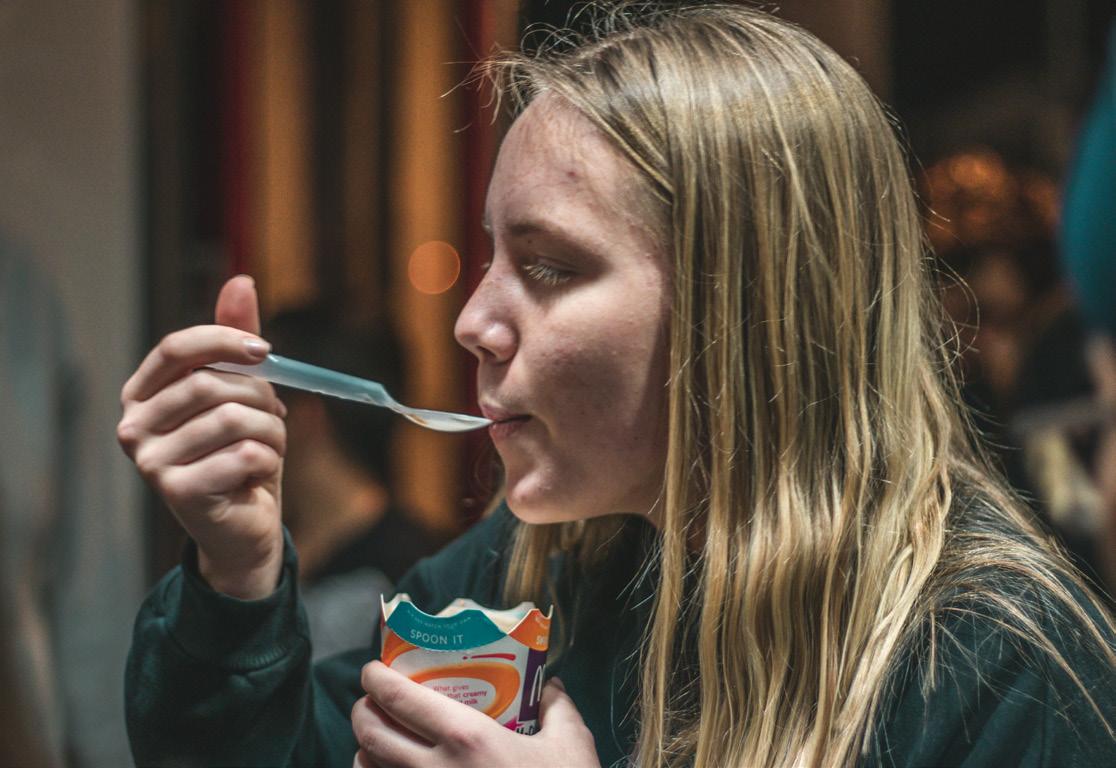
Survey to understand eating habits of young Scots. Page 30
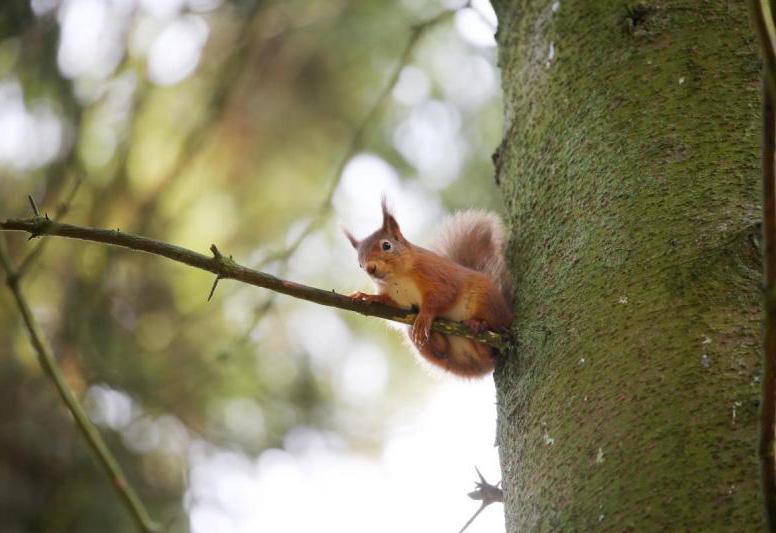
Apr Squirrelpox spreads in Scotland. Page 28
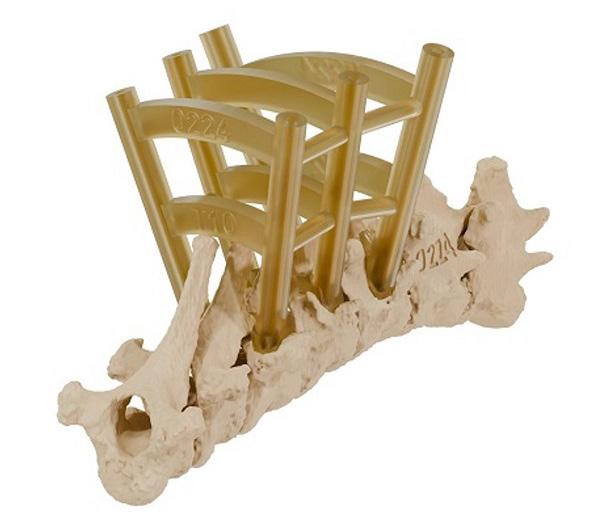
Jul
3D printing helps spinal surgery. Page 19
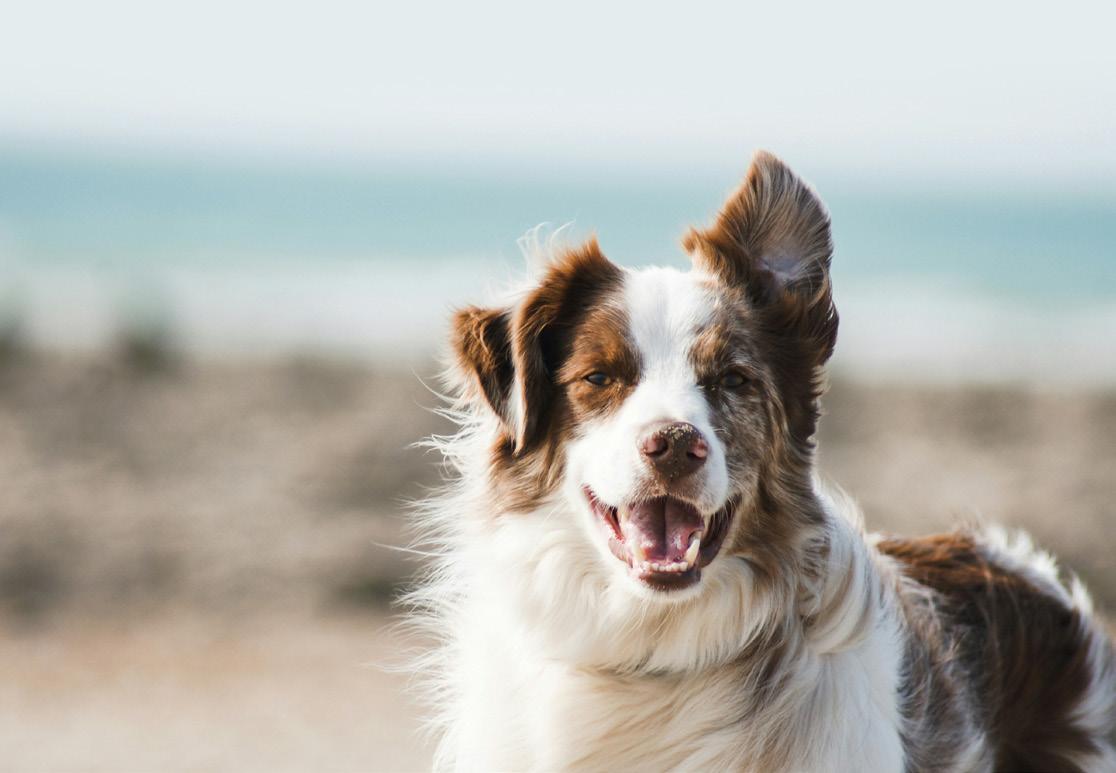
Oct
Trial of plant-based cancer therapy. Page 18
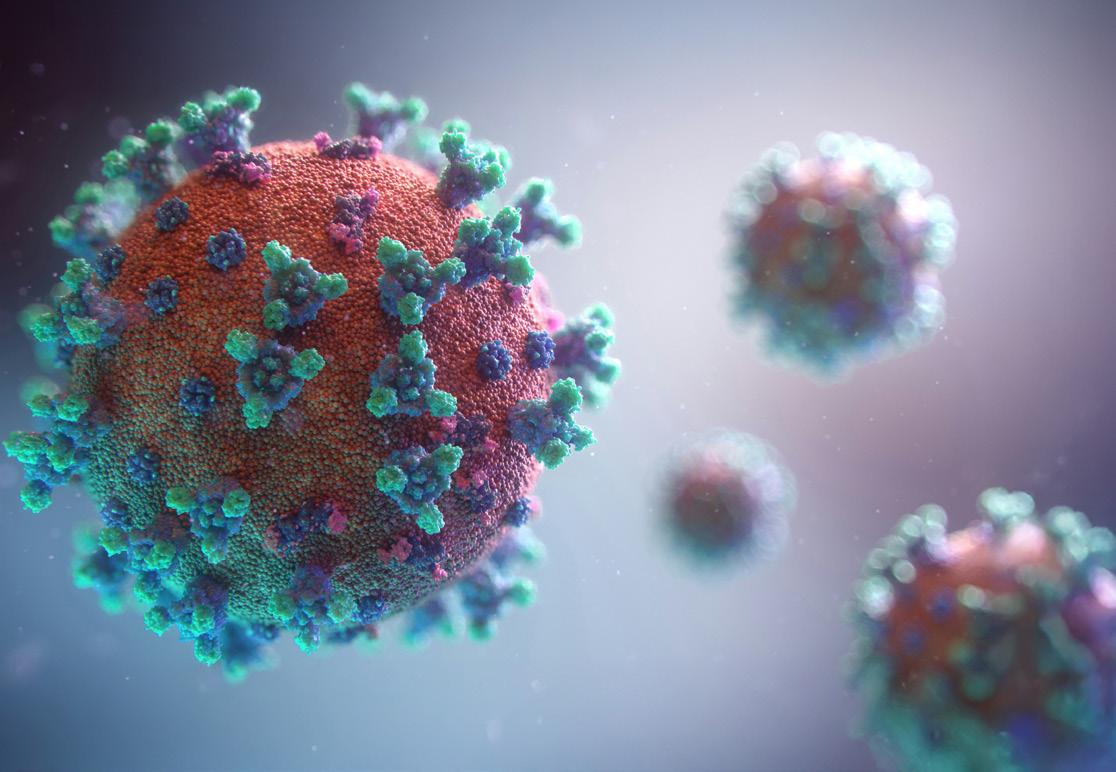
Feb
Virus insights help predict next pandemic. Page 22
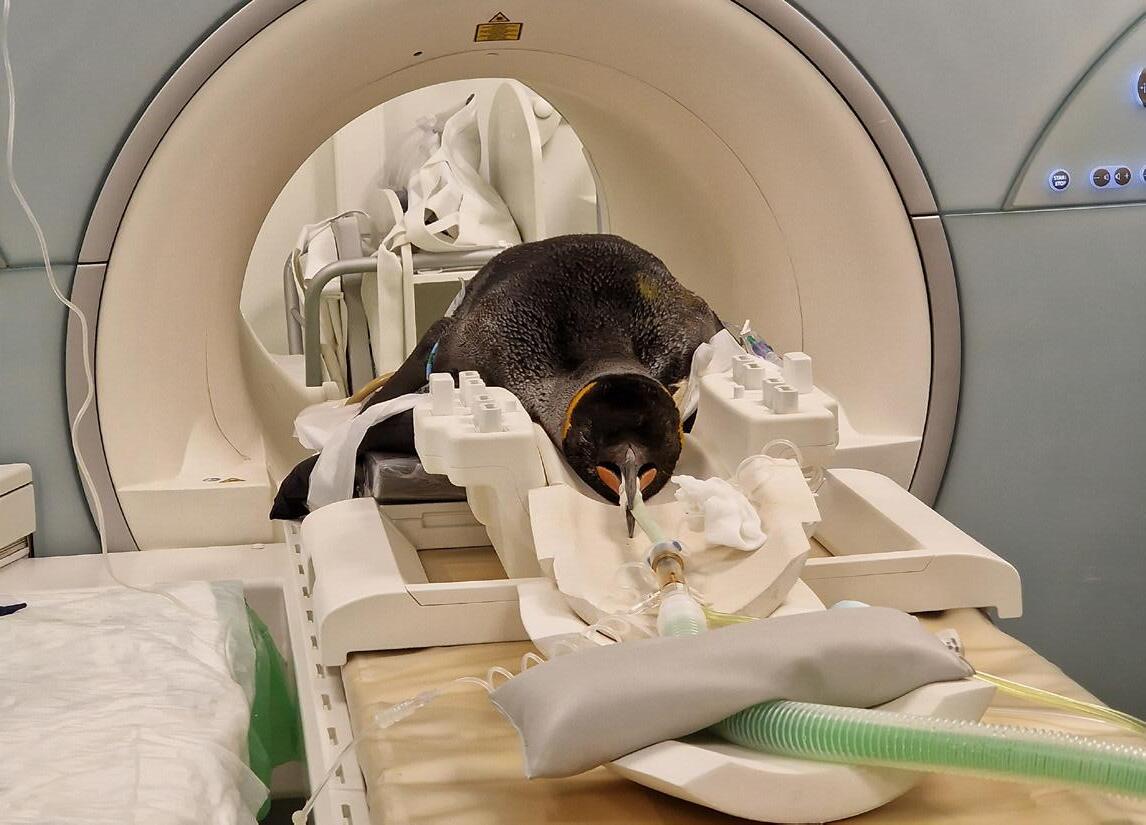
May Penguin treated for seizures. Page 21
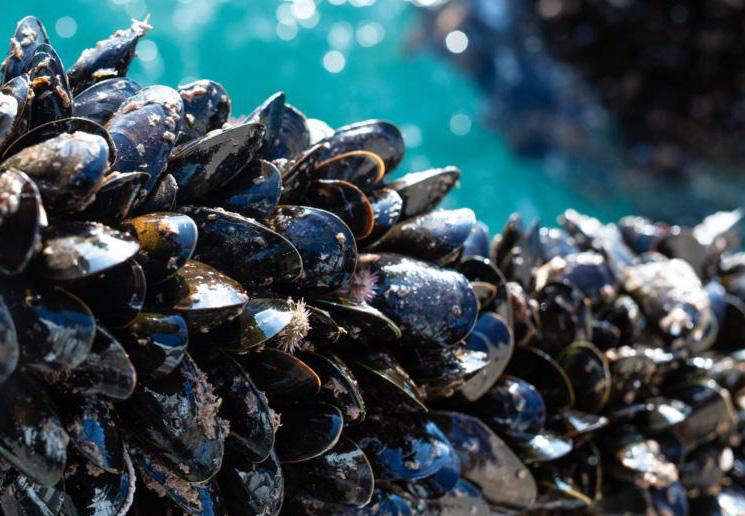
Aug
Genetic blueprint supports mussel populations. Page 24

Nov
Flu-resilient chickens. Page 25
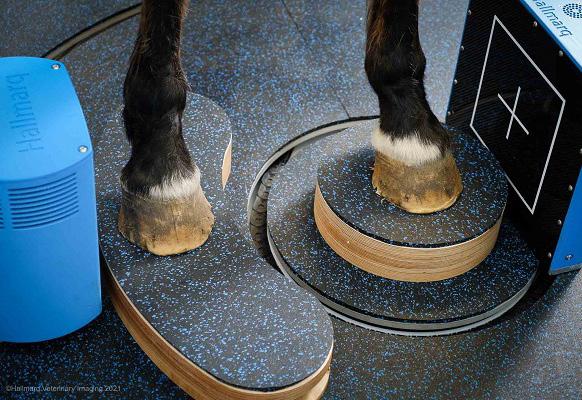
Mar
Standing Scanner aids Equine Evaluation. Page 20
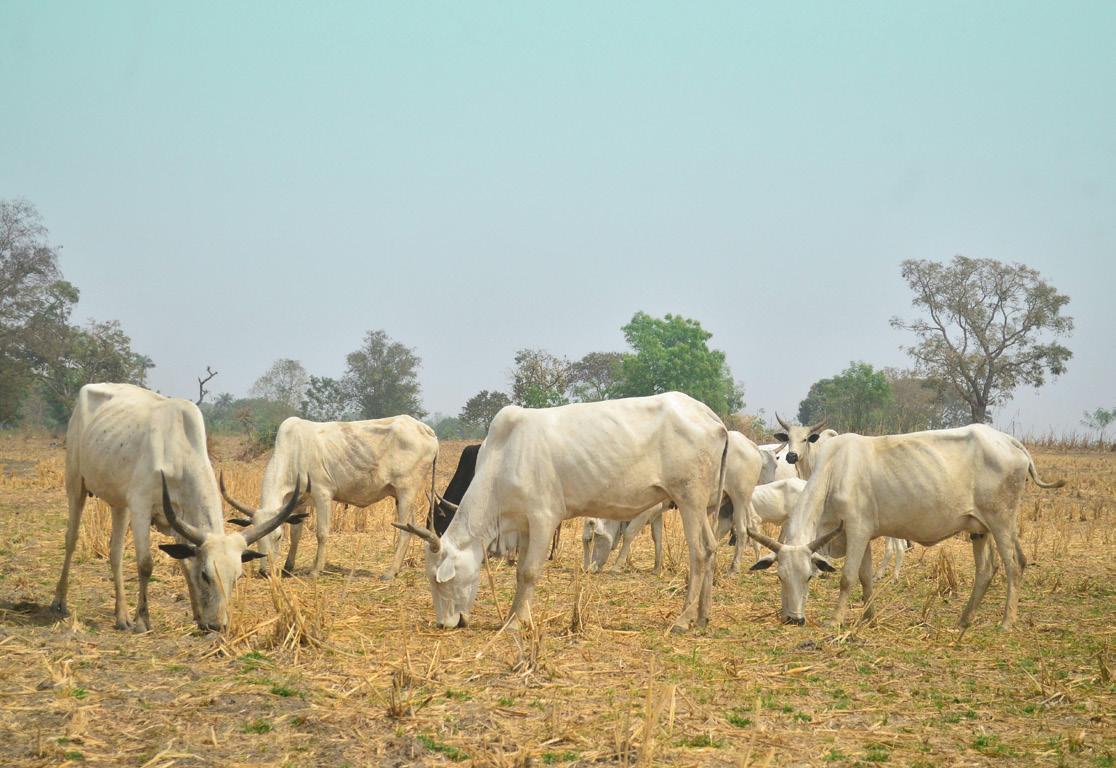
Jun
Data science for managing livestock movements. Page 27
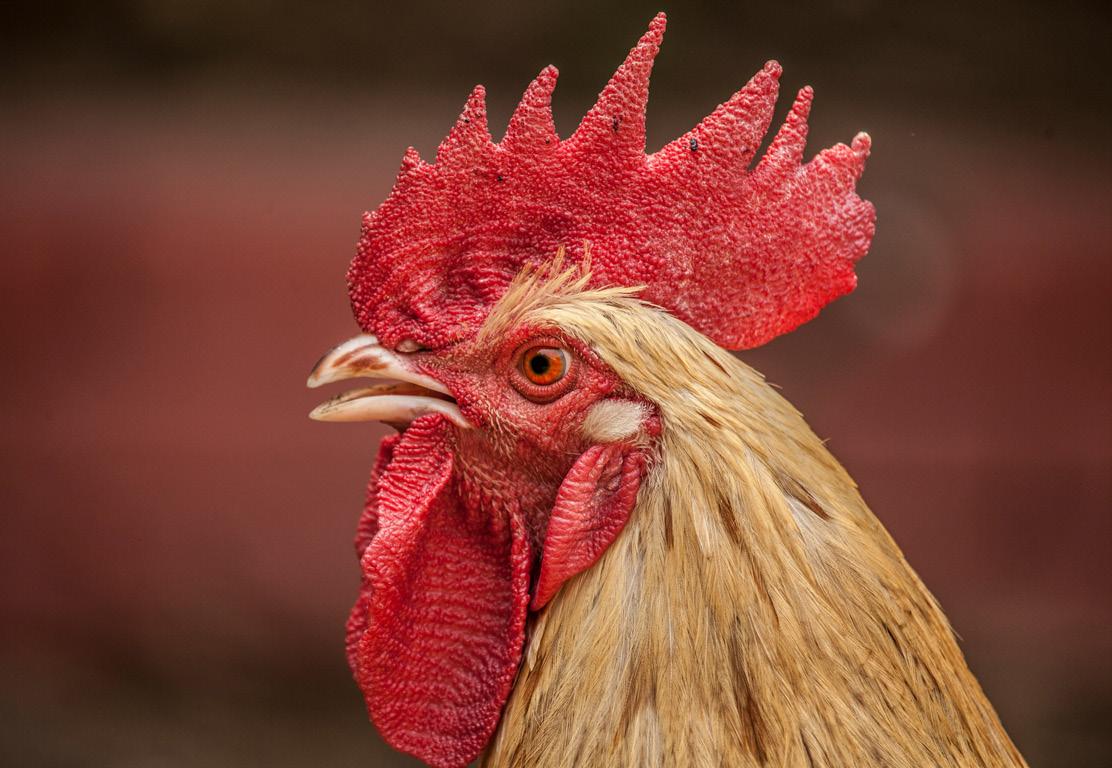
Sep
Environment impacts on chicken biology. Page 29
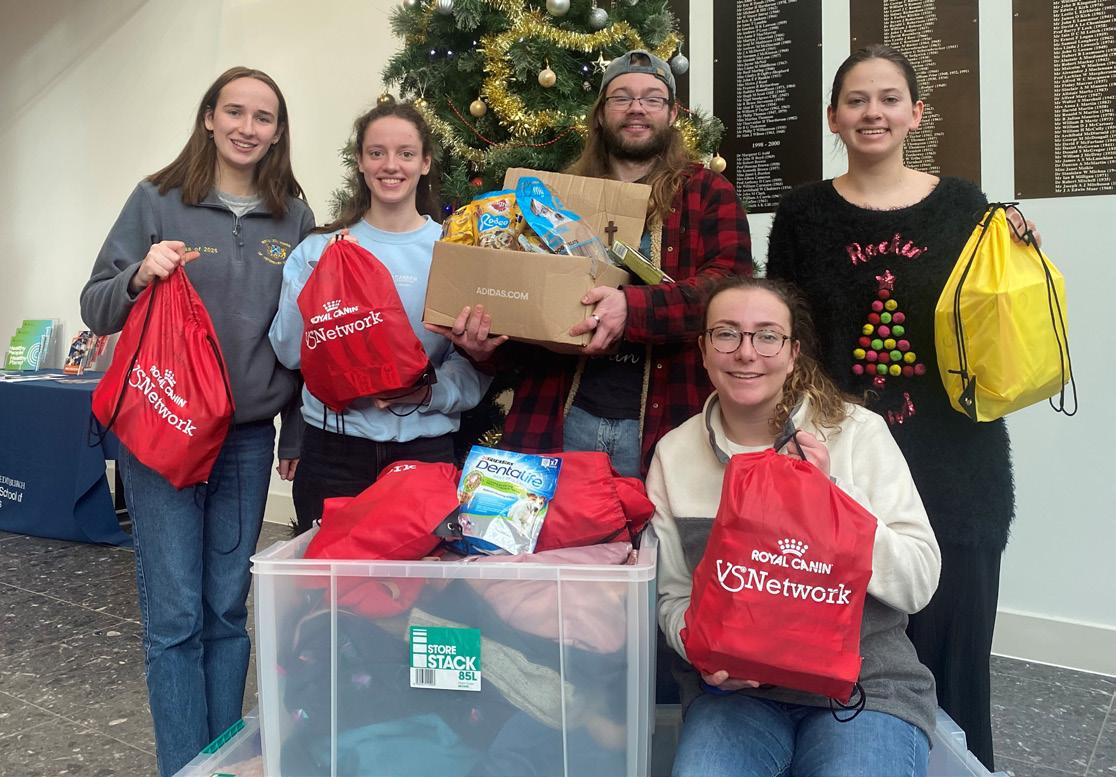
Dec
Dick Vet Festive Bag Appeal. Page 15
Honours for Record-breaker Jasmin Paris Community
Dr Jasmin Paris, veterinary surgeon in the Hospital for Small Animals and alumna of the School, made history in March 2024 as the first woman to complete the Barkley Marathons, one of the toughest ultramarathons in the world. She finished the challenging 100-mile race within the 60-hour time limit, becoming only the 20th person to achieve this in its 38-year history.
The Barkley Marathons, held annually in Tennessee, requires runners to complete five loops of a 20-mile unmarked circuit, climbing a total of 63,000 feet, more than twice the height of Mount Everest. With stringent rules, including a prohibition on GPS devices, participants must collect pages from books at checkpoints to prove they’ve completed the course.
In addition to her remarkable ultrarunning achievements, including a record for summiting 29 Scottish Munros in 24 hours and winning the 268mile Spine Race in 2019, Dr Paris has been awarded the Member of the Order of the British Empire for her contributions to long-distance running and her advocacy for women’s sports. She dedicated her Barkley Marathons finish to all women breaking glass ceilings globally.

Image credit: Jacob Zocherman
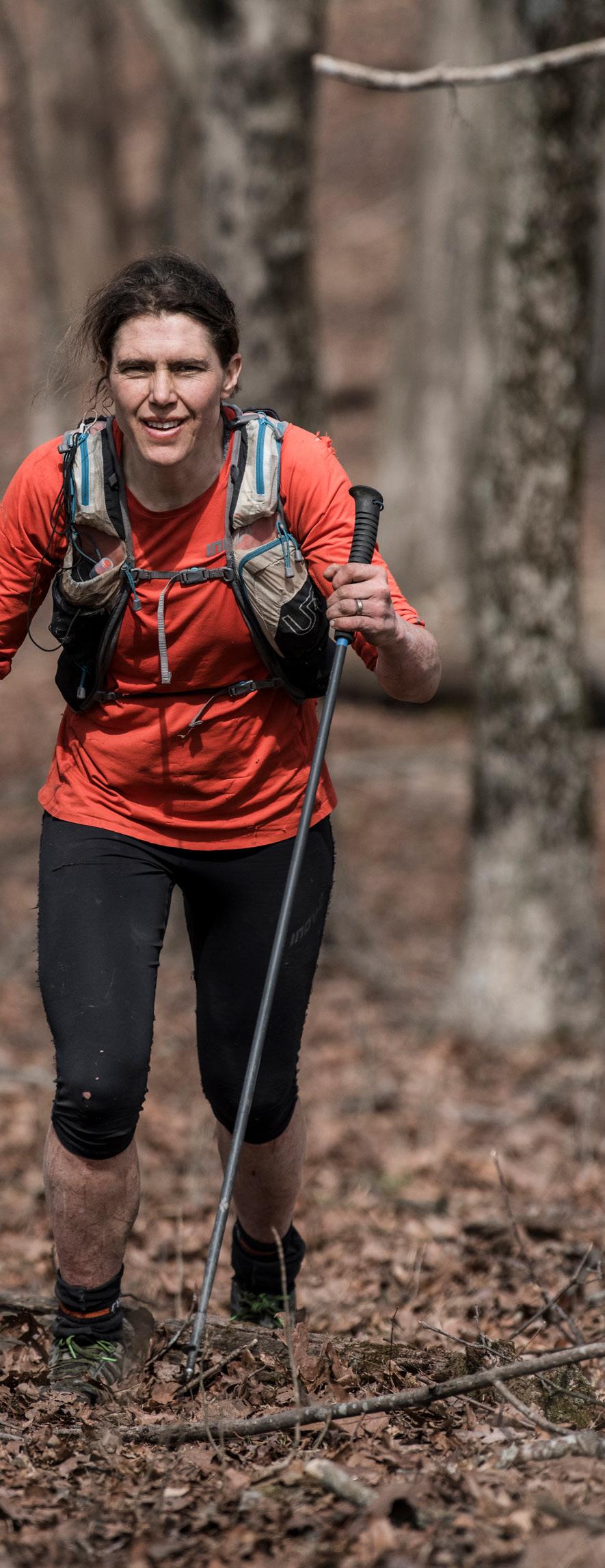
I did it for women across the world, becoming the first woman to finish [the Barkley Marathons], so I am honoured to accept this award on behalf of all those women trying new things and breaking through glass ceilings everywhere.
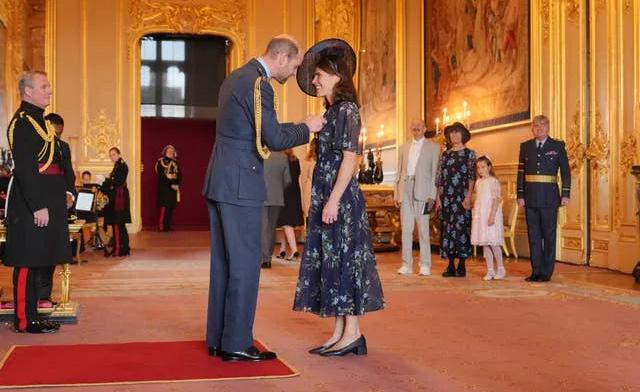
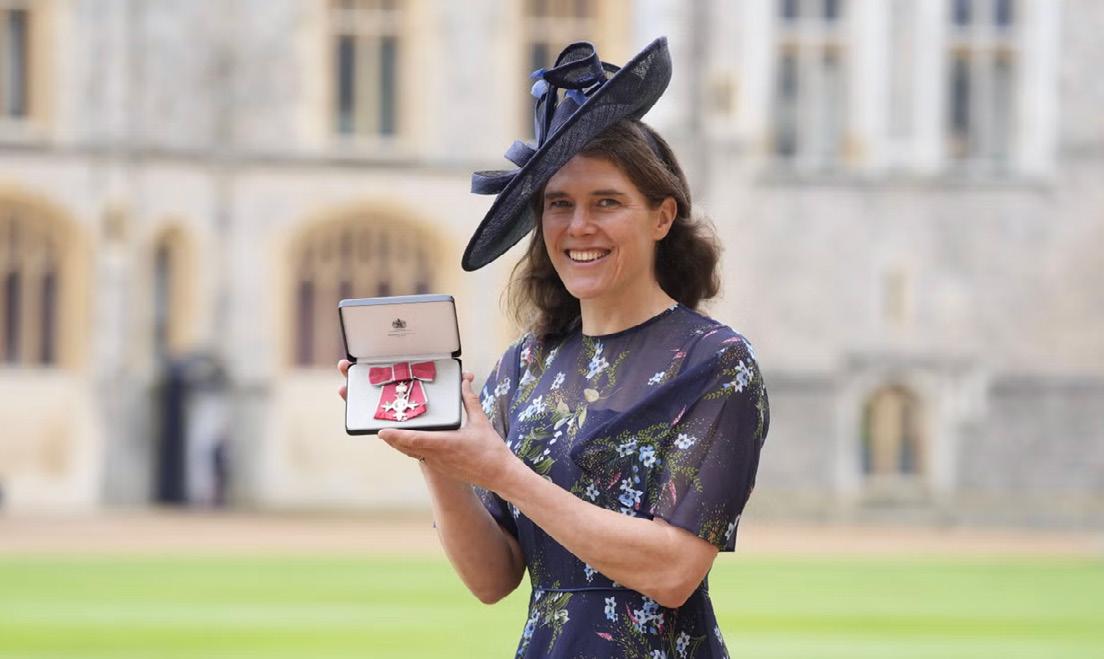
Dr Jasmin Paris, Senior Lecturer Royal (Dick) School of Veterinary Studies
Citizen science project promotes campus biodiversity
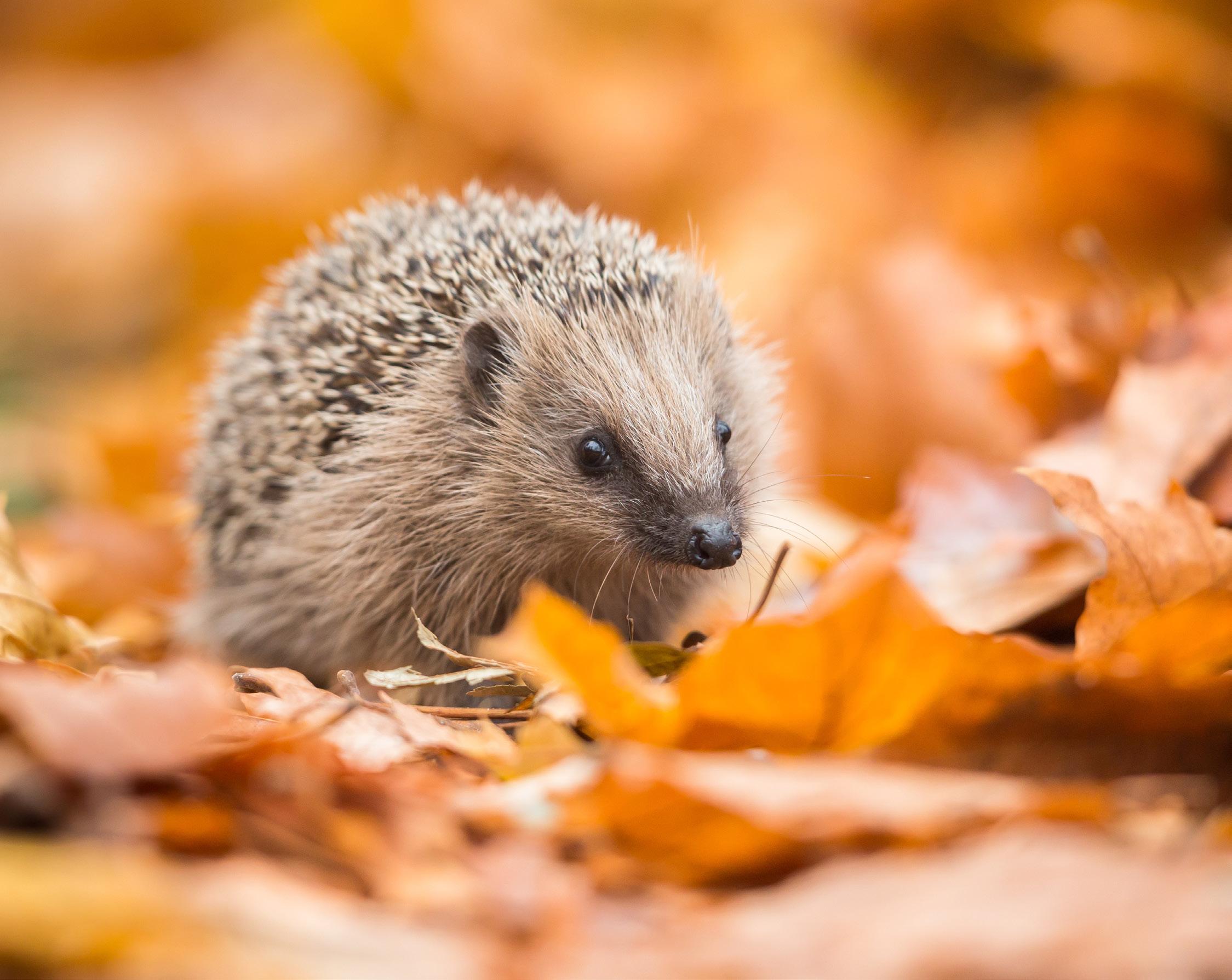
Damian Kuzdak via Getty Images.
The School is participating in the National Hedgehog Monitoring Programme (NHMP), thanks to the efforts of staff and student volunteers. A team set up 30 camera traps over a 1km grid on the Easter Bush campus, capturing thousands of photos from July to August this year.
These images are being uploaded to the MammalWeb platform, which uses machine learning to filter out people and blank images, allowing citizen scientists to classify the wildlife captured. The NHMP aims to establish a baseline for hedgehog populations and their distribution across the UK.
So far, stoats, badgers, deer, and hedgehogs have been identified. Members of the public can volunteer to help classify the images through MammalWeb.
In 2022, the University received a gold award as a Hedgehog Friendly Campus, building on recommendations from a dissertation by veterinarian Emily Norris, who examined how campus hedgerows could better support hedgehogs.
Hedgerows are crucial for biodiversity but have declined in quality across the UK. The University’s Wild Campus Programme aims to restore wildlife and enhance habitats. Initiatives at Easter Bush include improving hedgerows and planting new ones.
The University is committed to safeguarding biodiversity and ensuring a safe environment for hedgehogs and other wildlife.
Frances Ryan Chair of the campus Sustainability Committee.
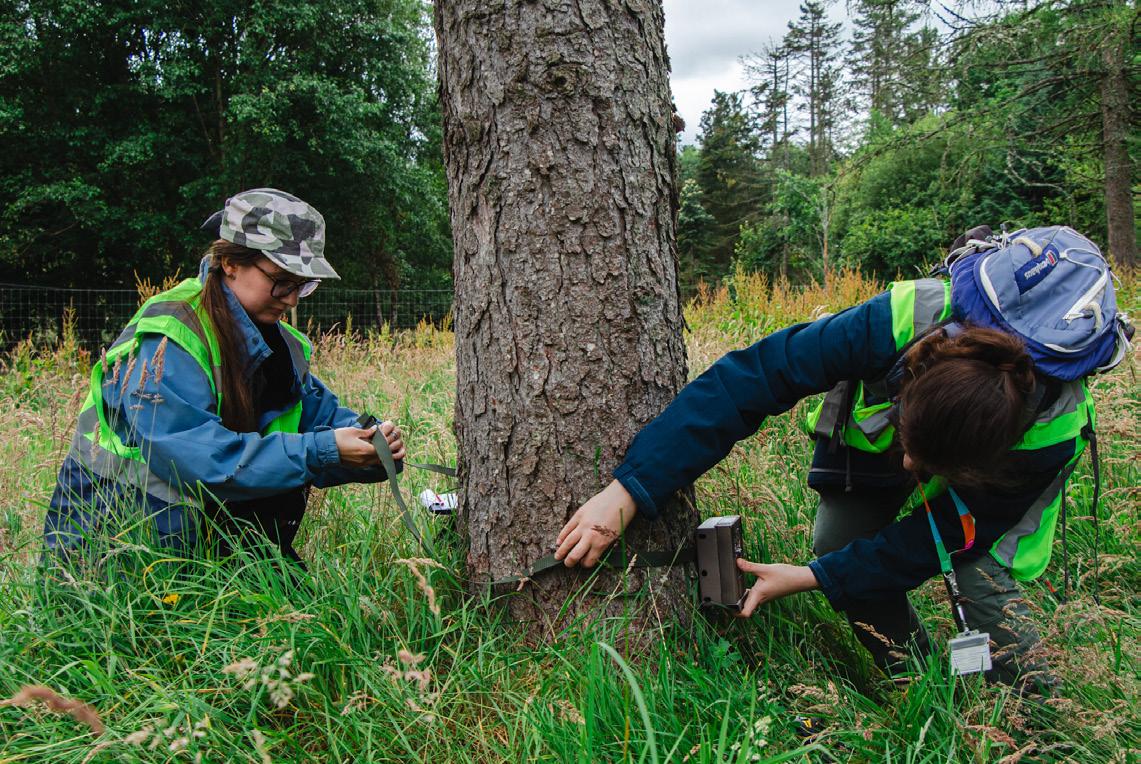
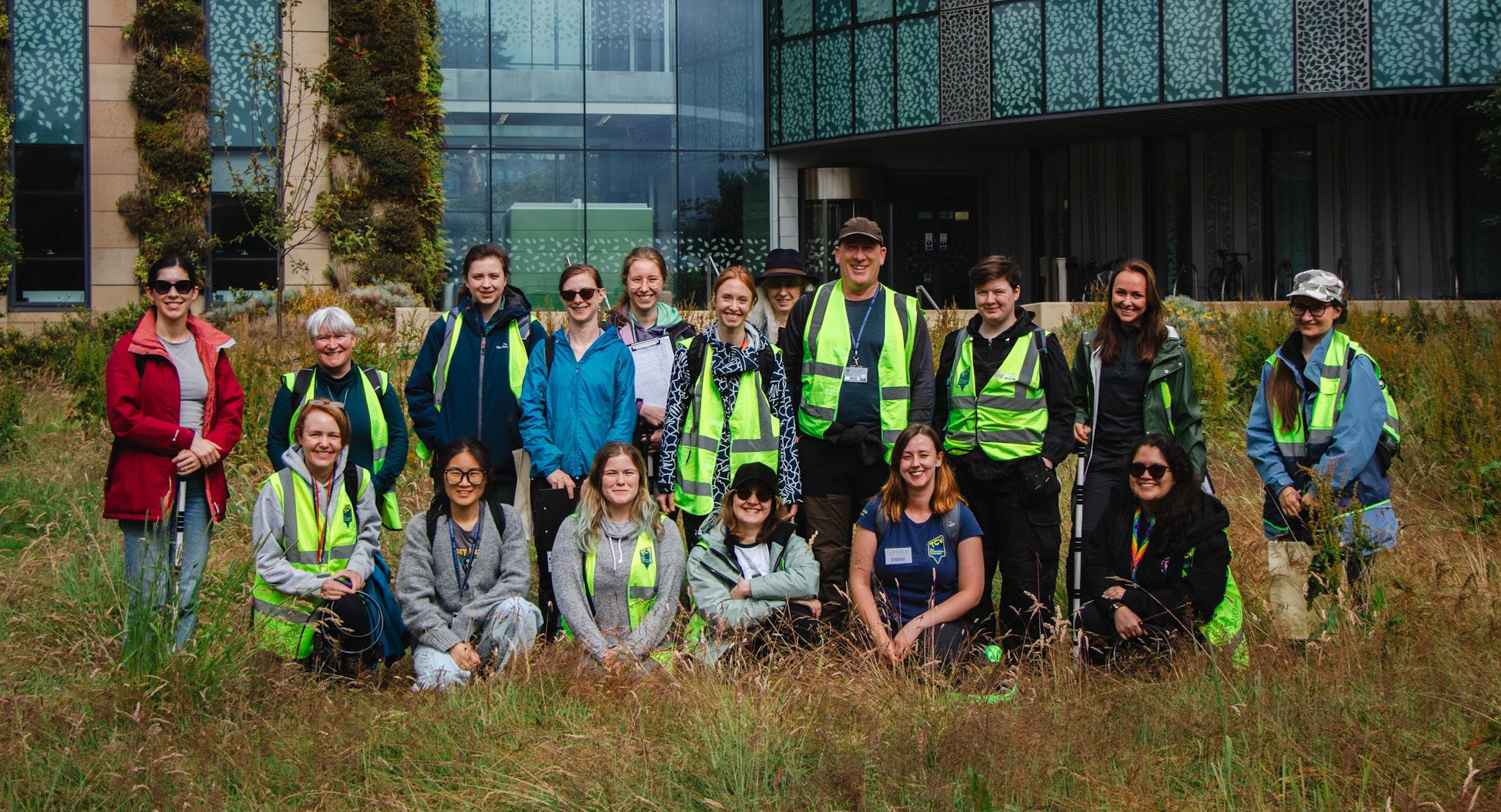
Eight new professors for Dick Vet
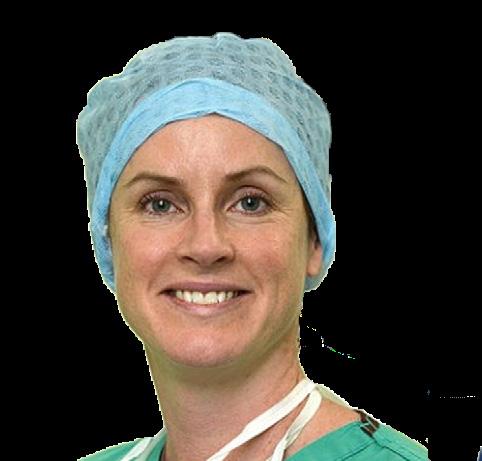
Professor Kelly Blacklock, Personal Chair of Small Animal Soft Tissue Surgery
Kelly is an RCVS and EBVS European Specialist in small animal surgery. She works within the Soft Tissue Surgery Service at the Hospital for Small Animals, providing cutting-edge specialist surgical care for small animals. She has a research interest in surgical oncology, particularly metastasis of canine oral melanoma.

Professor Peter Alexander, Personal Chair of Global Food Systems
Peter works with the Global Academy of Agriculture and Food Systems and the School of Geosciences. His research focuses on the social, economic and ecological interactions within the food and land use systems. The work considers interactions between climate change adaptation and mitigation, as well as the globalisation of food systems.
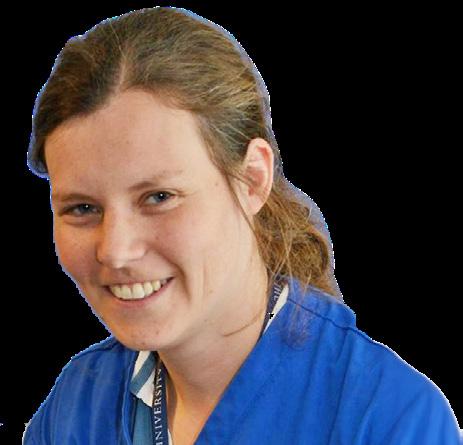
Professor Kiterie Faller, Personal Chair of Comparative Neurology
Kiterie is an RCVS and EBVS European Specialist in veterinary neurology and neurosurgery and works within the Hospital for Small Animals Neurology Service. She is particularly interested in neurodegenerative disorders and her main research focuses on motor neuron diseases.
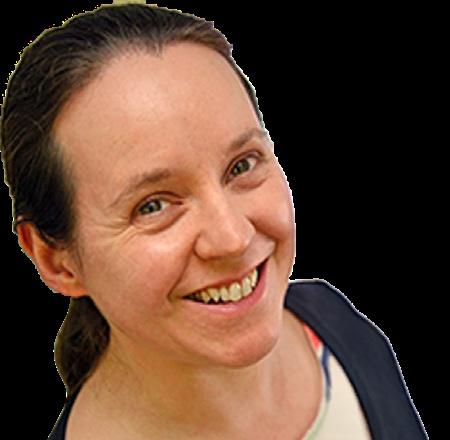
Professor Samantha Lycett, Personal Chair of Pathogen Phylodynamics
Sam works in pathogen phylodynamics at the Roslin Institute. This area of research models the evolution of viruses and bacteria over time, in different locations and across host species using genome sequences. Her research focuses on animal and zoonotic pathogens, especially fast-evolving viruses such as avian influenza.

Andrew Gardiner, Personal Chair of Veterinary Medical Humanities
Andrew is a vet and an academic, and he teaches undergraduate veterinary medicine students across the curriculum. A veterinary historian and researcher, he is a leading figure in veterinary medical humanities, an emerging discipline that seeks to benefit the veterinary sector using insights from the medical humanities such as history, sociology and anthropology.
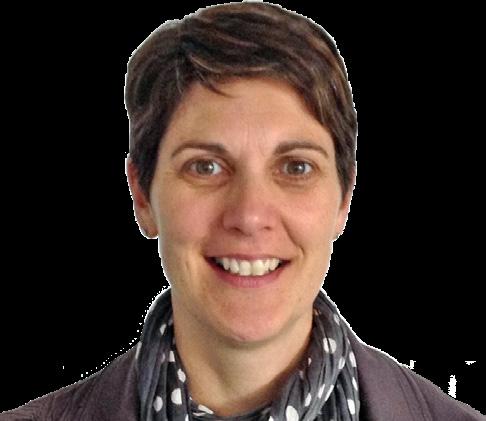
Professor Susan Jarvis, Personal Chair of Animal Welfare Science and Education
Susan is the Director of Teaching within the Global Academy of Agriculture and Food Systems and the Convener for Postgraduate Research (PGR). The main focus of her research is investigating the welfare of animals within our food systems, especially pigs and farmed salmon.
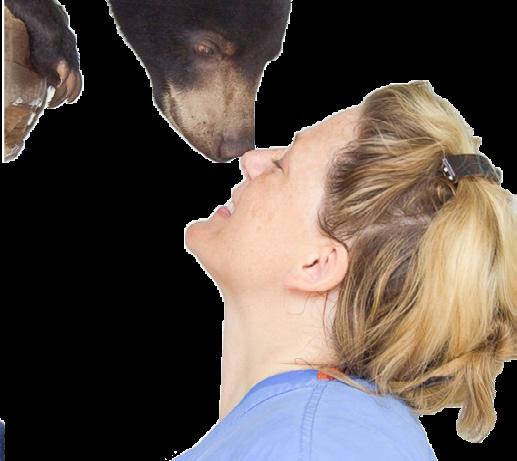
Professor Claudia Hartley, Personal Chair of Veterinary Ophthalmology
Claudia is an RCVS and EBVS European Specialist in veterinary ophthalmology and works within the Ophthalmology Service at the Hospital for Small Animals. She has a research interest in the ophthalmic diseases of bears that have been kept for bile farming, dancing bears for tourists and the pet trade.
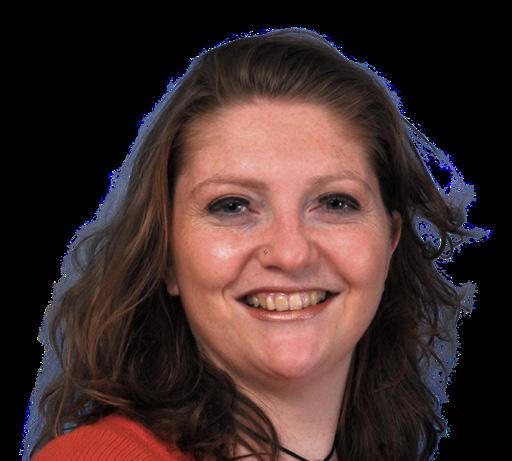
Professor Tiziana Liuti, Personal Chair of Veterinary Diagnostic Imaging
Tiziana is a RCVS and EBVS European Specialist in Diagnostic Imaging and works within the Diagnostic Imaging Service at the Hospital for Small Animals. Her research interests centre around the use of Computed Tomography (CT) to detect dental disease in horses and cattle.
Professor
Student-run service expands offering with new premises
The student-run service All4Paws has moved into a new space, allowing an enhanced offering for service users.
All4Paws has been providing veterinary support and advice to homeless people and their animals in Edinburgh since 2009. The project was originally set up using funds from a bequest to the Royal (Dick) School of Veterinary Studies from Vida Howie, Edinburgh resident, who specified that the money should be used to help homeless people and their animals in Edinburgh.
For many years, the service operated as a pop-up clinic at various Edinburgh venues including Grassmarket Community Project, Turning Point, and Streetwork. However, when a former veterinary clinic on Nicolson Street became available for use, the University was able to secure this as a more stable home for All4Paws.
All4Paws is run by veterinary students and all clinics are supervised by experienced veterinary surgeons. It is not a full-service veterinary clinic, but provides those in need of assistance with key veterinary services they might otherwise be unable to access.
Find out more and support the work: edin.ac/all4paws
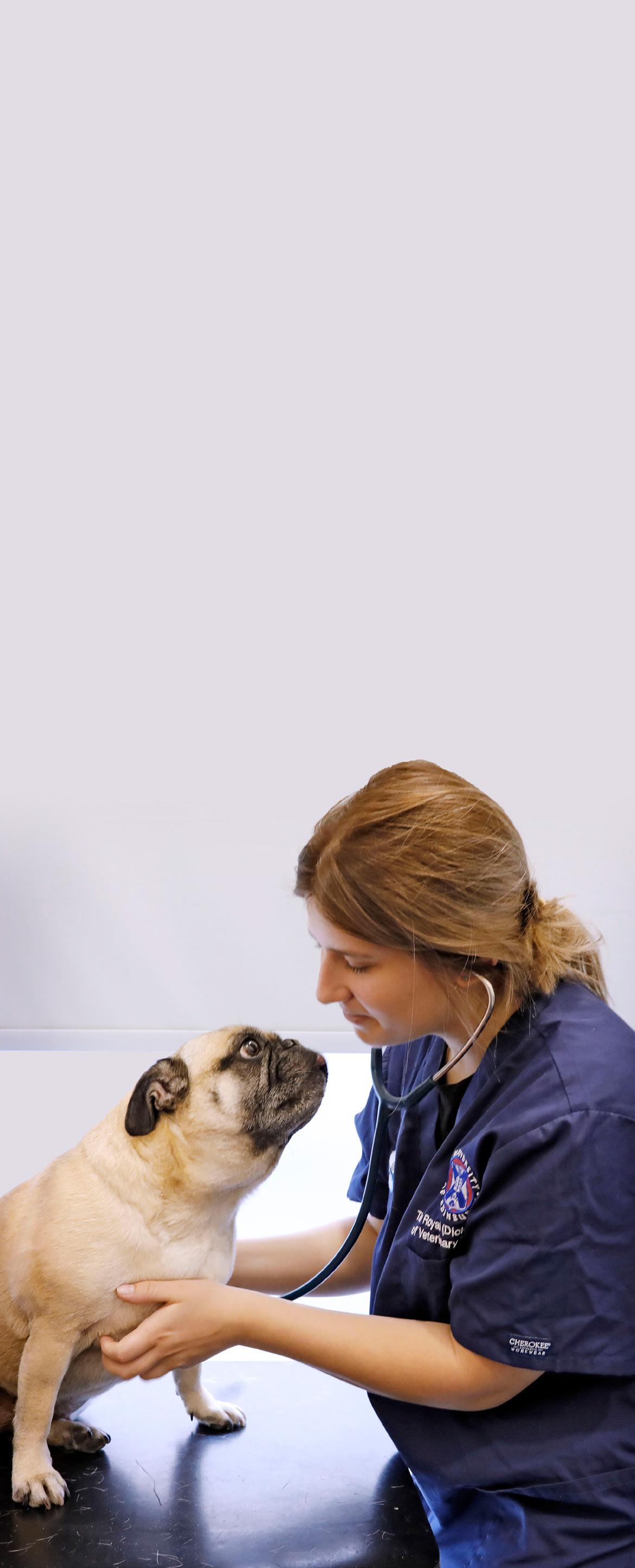
Significant gift to boost future vets’ business skills

Dr Peter R. Beaumont, an alumnus of the School, a successful veterinarian and entrepreneur, has made a generous US$1 million donation to enhance business skills training for future veterinary students.
The Royal (Dick) School of Veterinary Studies is recognised as one of the world’s leading veterinary schools, known for its high teaching standards and innovative curriculum. With the support of Dr Beaumont’s gift, plans are under way to invest further in business skills training and a new general practice unit, providing modern learning experiences for students.
After graduating from the School in 1972, Dr Beaumont completed additional training at the University of Pennsylvania and earned an MBA from New York University. He has owned and managed various successful ventures, including veterinary practices and retail businesses, and has served on the board of Trupanion, a pet insurance provider. He continues to invest in and mentor start-up companies in animal health.
I could not thank the Dick Vet enough for providing a supportive, village-like environment in which to learn, with wonderful professors and colleagues... I am grateful to have been able to give back to where I cut my teeth and provide financial help for what is now a very dynamic institution.
Dr Peter R. Beaumont MBA, MRCVS Chairman of Trupanion’s Veterinary Advisory Board,
and Angel Investor
Education
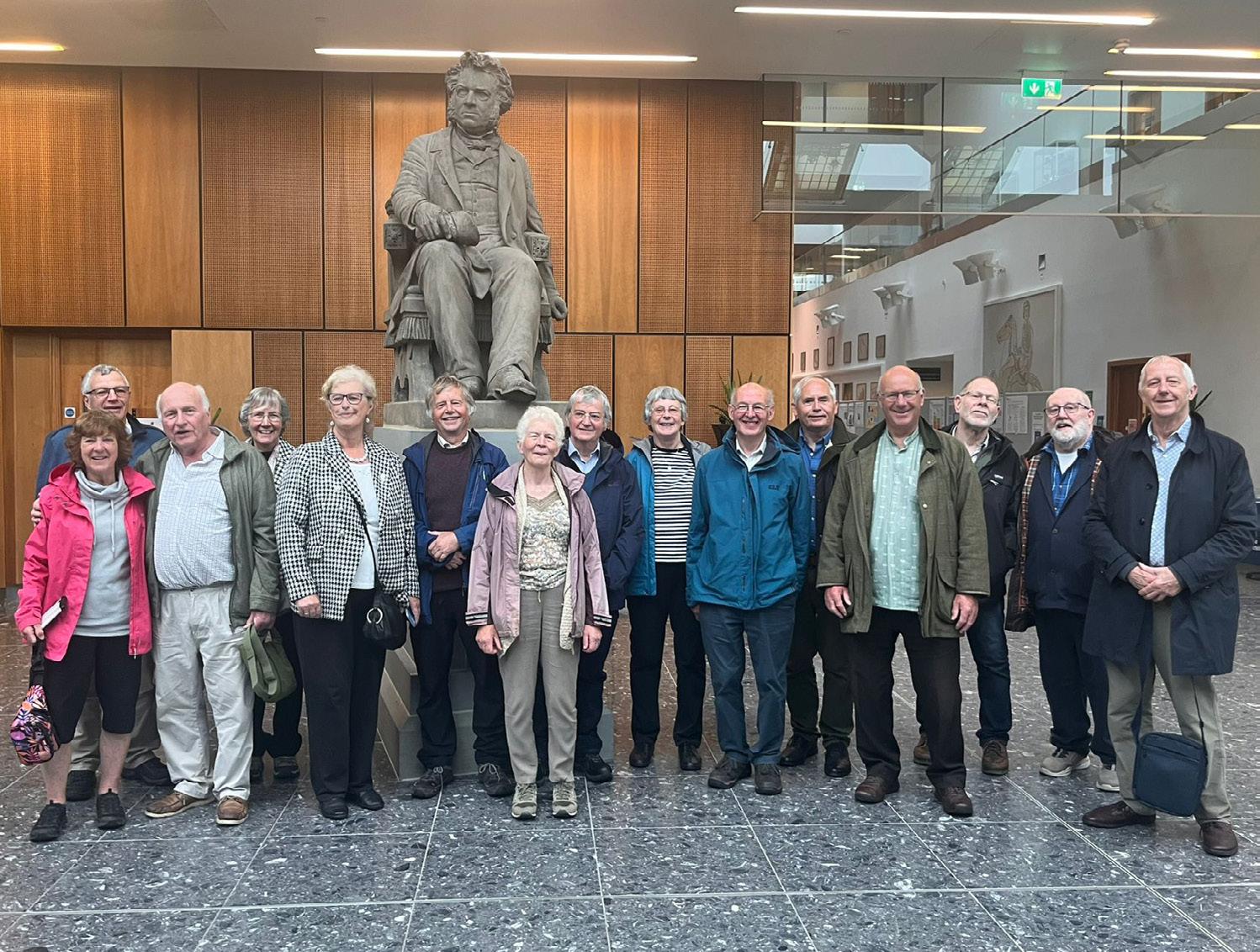
Alumni celebrate golden anniversary
We are proud of our worldwide alumni community, and it is always an honour to connect with alumni on campus and beyond. This year, we have been fortunate to host several class reunion groups celebrating milestone anniversaries.
In May, the School welcomed a group of former students for their 50-year reunion. Fifteen members of the Dick Vet class of 1974, along with family members, were in attendance.
The class of 1974 has held numerous reunions over the years, but were keen to celebrate their golden anniversary by visiting the campus to see how teaching, student experience and research have developed over the past 50 years.
The day was filled with nostalgia as the group reconnected, reminiscing about their student days and sharing updates.
Stay connected
As part of their visit, the group spent time with the Head of School and Dean of Veterinary Medicine, Professor Lisa Boden, along with Professors Dylan Clements and Scott Pirie, and members of the University’s alumni team.
The group enjoyed a tour of the William Dick teaching building, the Hospital for Small Animals and the Equine Hospital. They met with current students to learn about undergraduate life today and discussed the changes they had seen in the veterinary profession since they graduated.
As part of their reunion celebration, the group spent some time exploring and refamiliarising themselves with Edinburgh and Summerhall, the School’s former home, where they enjoyed visiting the library, dissection rooms and lecture theatres where they spent time as students.
DVSU Alumni Questionnaire
Calling all alumni
The Dick Vet Student Union (DVSU) is conducting a survey to gain insight into attendance of lectures, community on campus, and general feedback into the student experience. To gain a greater breadth of experiences, we are extending the opportunity to participate to former students as well.
Please follow the QR code or link to complete the survey. It should take no more than 20 minutes to complete, but please feel free to take as much time as you’d like and elaborate on any points that you feel were influential in your academic career.
Filling out this form will provide the DVSU with insights that will help inform the future development of our campus community.
Thank you for your contributions!
www.edin.ac/dv-alumni-survey
Find out more about continuing your alumni connections with the School www.vet.ed.ac.uk/about/community/alumni Ensure we have the correct contact and employment details for you by checking the Alumni Portal.
Vet and Vet Nurse Clinical Club dates 2025
Our free, online CPD offering for veterinary practitioners continues in 2025 with a packed programme of activities. All sessions are recorded and circulated after the event.
Professor Tim Nuttall
Head of Dermatology Service
So many choices! Making sense of treatment options for canine atopic dermatitis
Dr Sabina Diez Bernal
Senior Lecturer in Veterinary Anaesthesia and Analgesia
Small changes, big impact: enhancing sustainability in small animal anaesthesia
Professor Dylan Clements
Professor of Small Animal Orthopaedics
Trauma management
Dr Liam Wilson
Lecturer in Veterinary Anatomic Pathology
Advanced diagnostic methods - what are they and what can they do for us?
Dr Juan Carlos Serra
Senior Lecturer in Small Animal Oncology
Tumours of the respiratory system: review of the diagnostic and therapeutic approach
Dr Jenna Richardson
Head of Dick Vet Rabbit and Exotic Animal Practice
Dental disease in rabbits: a practical approach
Professor Tobias Schwarz
Head of Diagnostic Imaging Service
Radiography & CT for the emergency canine and feline patient
Professor Danielle Gunn Moore & Rachael Hammond
Head of Feline Service & Teaching Technician Supervisor
Utilisation of acute phase proteins in feline disease and the therapeutic drug monitoring of FIP antivirals
Dr Magdalena Parys
Senior Lecturer in Oncology
Radiotherapy for head and neck cancer in veterinary oncology
Dr Kevin McPeake
Head of Behaviour Service
Behavioural first aid in general practice
Dr Victoria Robinson
Senior Lecturer in Veterinary Dermatology
Alopecia – help, my pet is losing their hair! A practical guide to work-up
Dr Lauren Lacorcia
Senior Lecturer in Small Animal Internal Medicine
The changing face of small animal diabetes management
MAR
26
Laura Edwards
Veterinary Nurse and Lecturer
Aligning animal and human health - the role of the veterinary nurse
Lindsay Ashburner
Emergency and Critical Care Nurse
Nursing the acute haemorrhagic diarrhoea syndrome patient
Emma Thomson
Emergency and Critical Care Nurse
Beyond the 9 to 5: key considerations for thriving OOH’s
Abbie Roberts
Internal Medicine Nurse
Breath of fresh air - mastering respiratory endoscopy for nurses
Fiona Wilson
Emergency and Critical Care Nurse
Hyperthermia and pyrexia - understanding the difference
Ebba Orjefelt
Soft Tissue Surgery Nurse
In the blink of an SSI
Hayley Gowan
Internal Medicine Nurse
Cushing’s disease in dogs
Lyndsay Kennedy
Ophthalmology Nurse
Wee eyes, wee problems? - Ophthalmic care for small furries
Lisa Telford
Soft Tissue Surgery Nurse
Feeling the pressure? - Negative pressure wound therapy in practice
Fiona McDowall
Teaching Fellow (Student Support and Clinical Skills)
Pet loss support
Jess Davies & Olivia Noble
Anaesthesia Nurse and Surgical Nurse
Sustainability in anaesthesia: breathing new life or just a load of hot air?
Jennifer Marshall
Anaesthesia Nurse and Teaching Fellow
Considerations for anaesthetising the brachycephalic dog
January
Burns Night Celebration - over 350 staff and students gathered on campus to celebrate Burns Night, Scotland’s traditional celebration of culture and the poetry of Robert Burns.
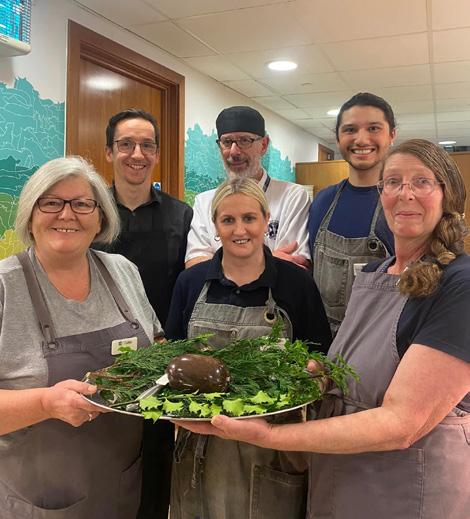
Student events
Our students participate in a range of events throughout the year, from essential steps in their progression to fundraising activities, and of course social events that provide respite from the day-to-day pressures of life as a vet student. On these pages you will find a selection of these events from 2024.
March
Celebration of culture event
Featuring stalls, activities, performances, food and drink from around the world.
Onesie Day
Fourth-year students celebrate the end of their lectures each year by coming to campus in colourful onesies.
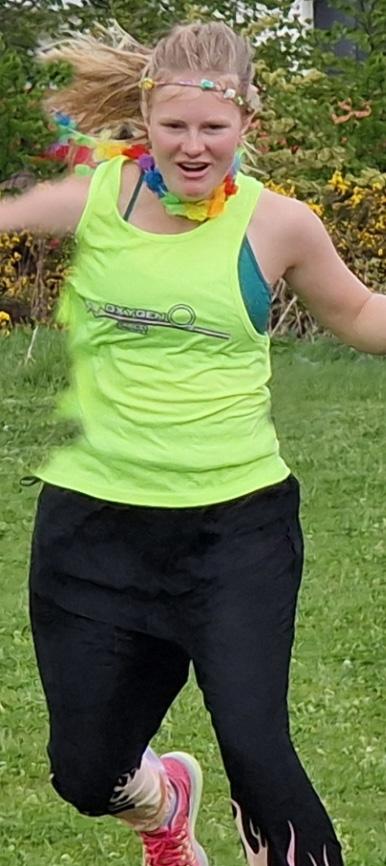
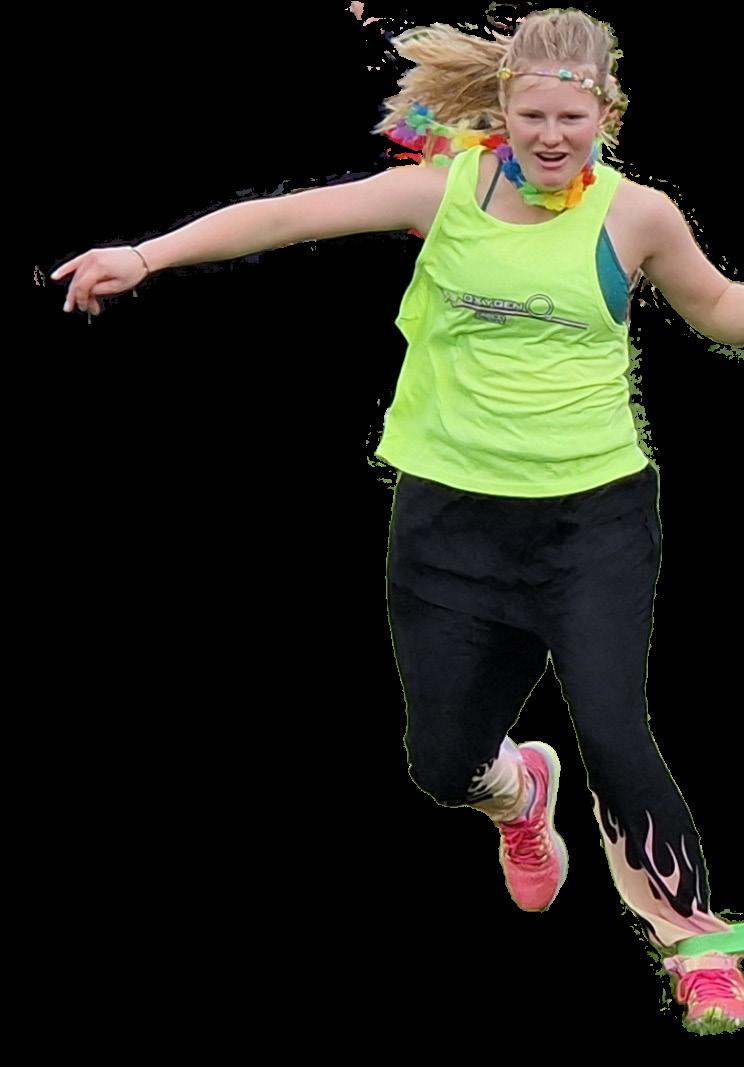
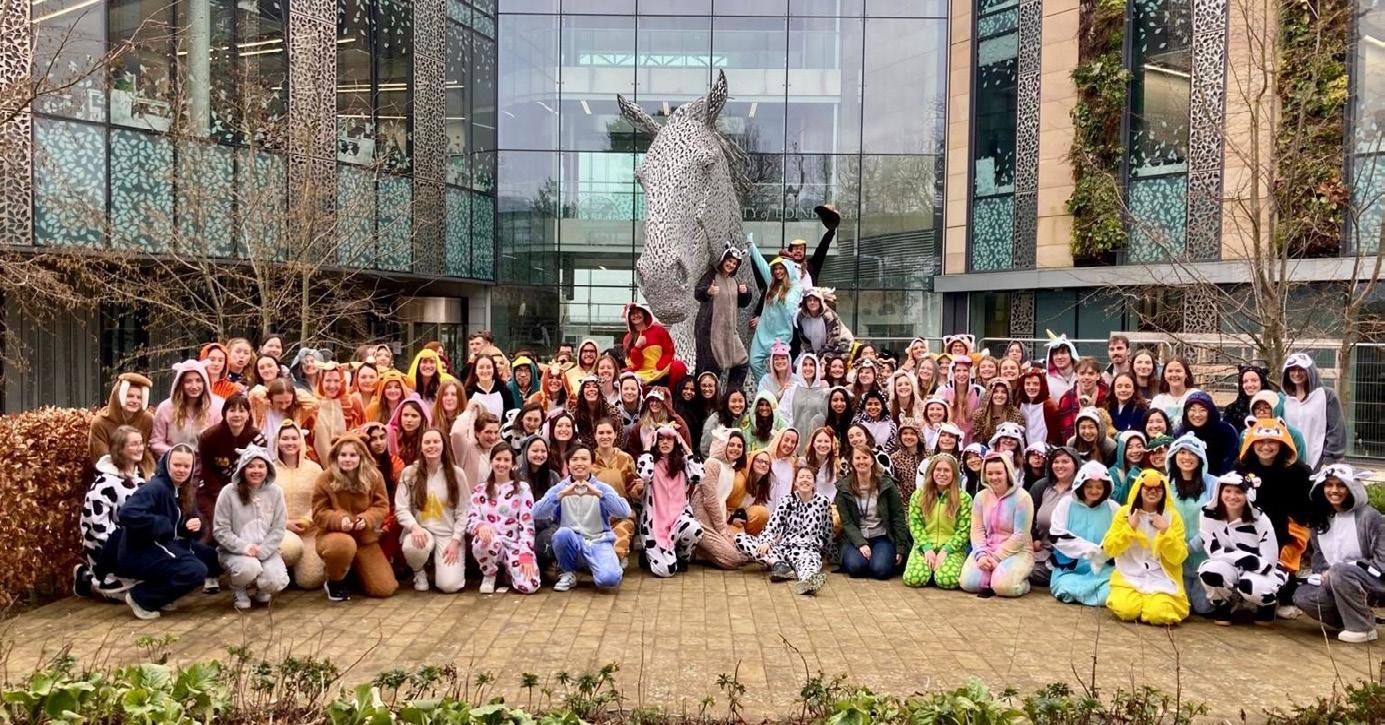

May
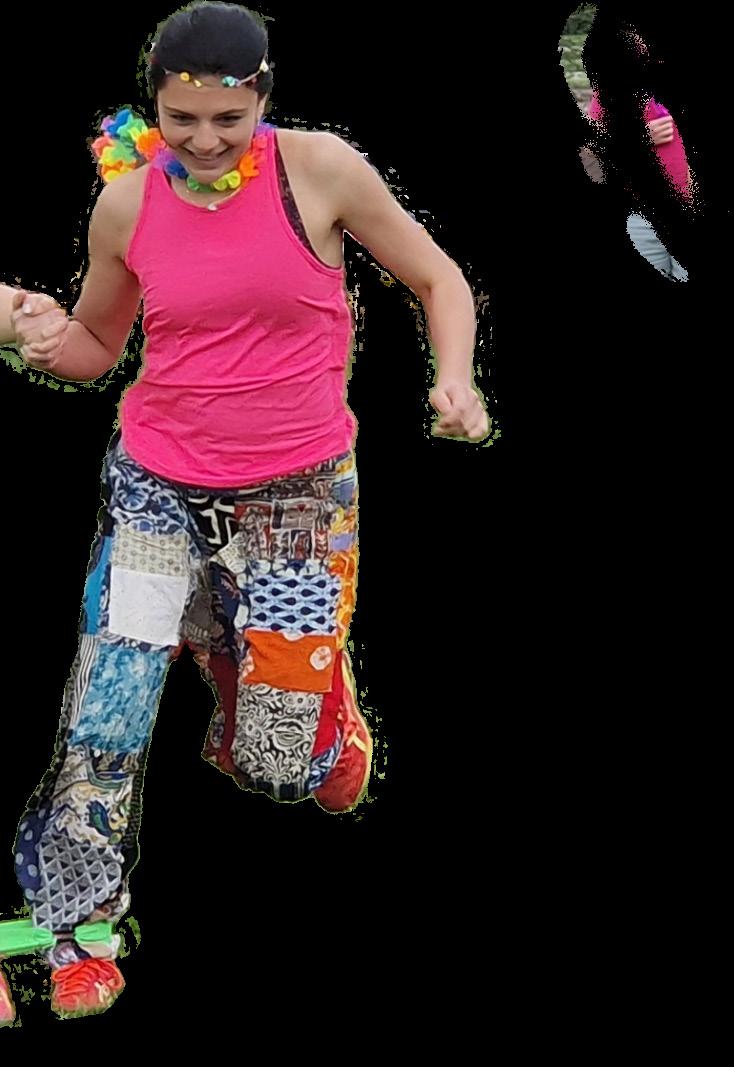
The summer cohort graduated, with a celebration on campus the day before.
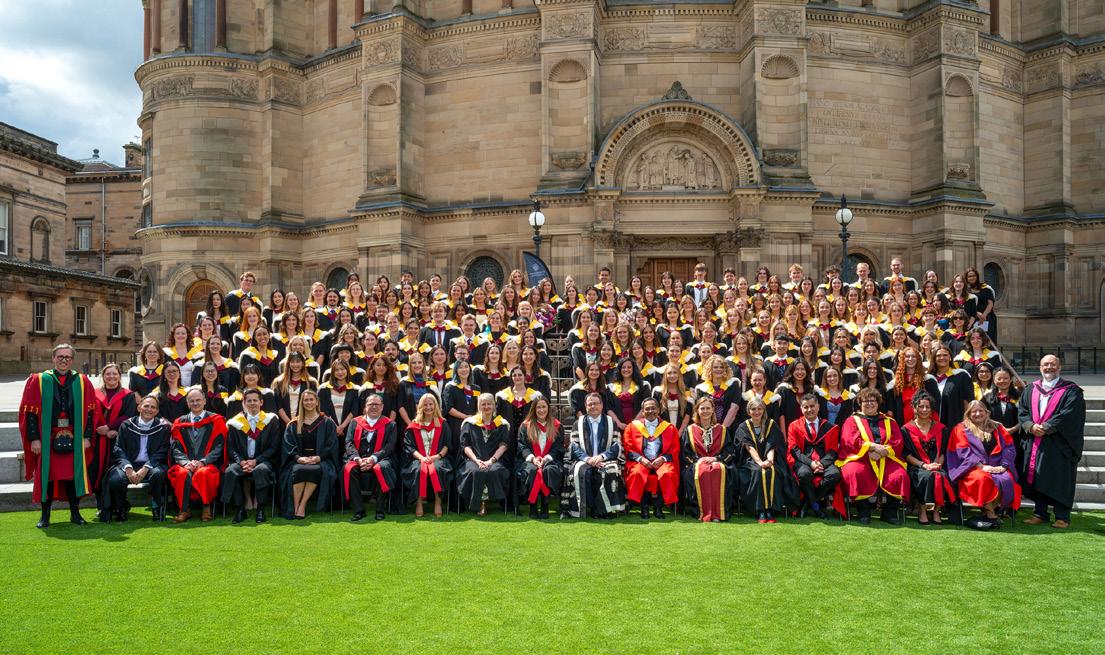
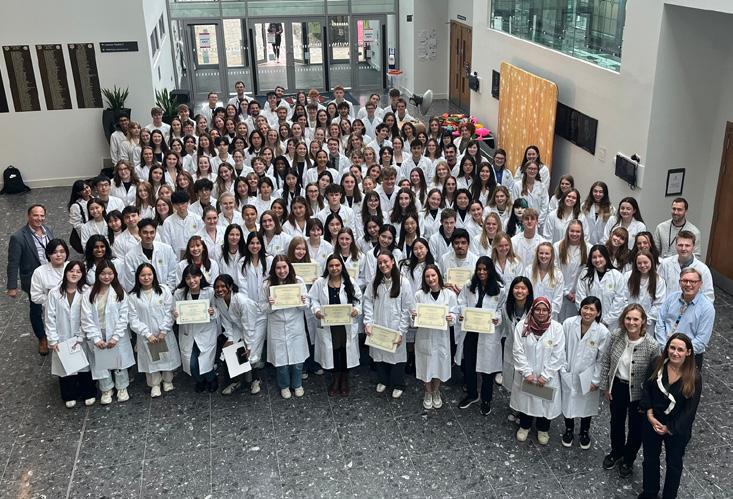
students bought second-hand protective clothing donated by students who graduated this summer, raising £1,450 for All4Paws, our student-run
November
students graduating in winter faced snowy conditions this year, just one day after a sunny celebration event on campus.
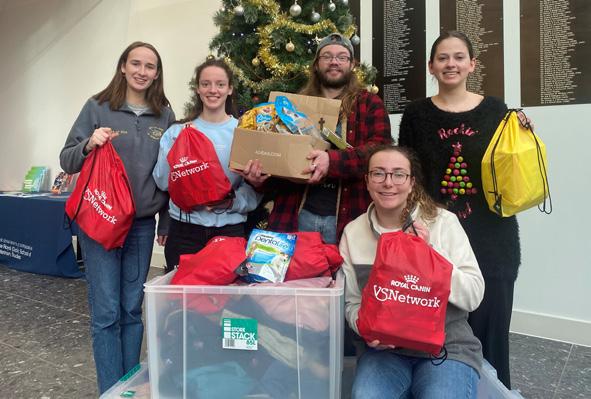
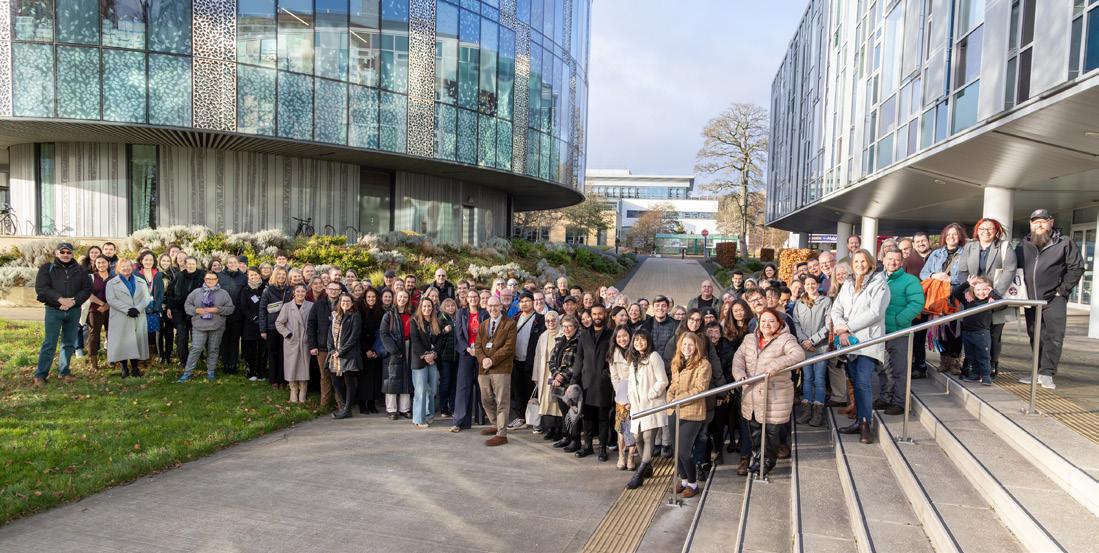
Dick Vet Christmas Bag Appeal
Each year, our students make up bags to give to homeless people, including donated essential items such as toiletries, blankets and food (photo from 2023).
Novel faecal transplantation treatment proves successful
in cats and dogs
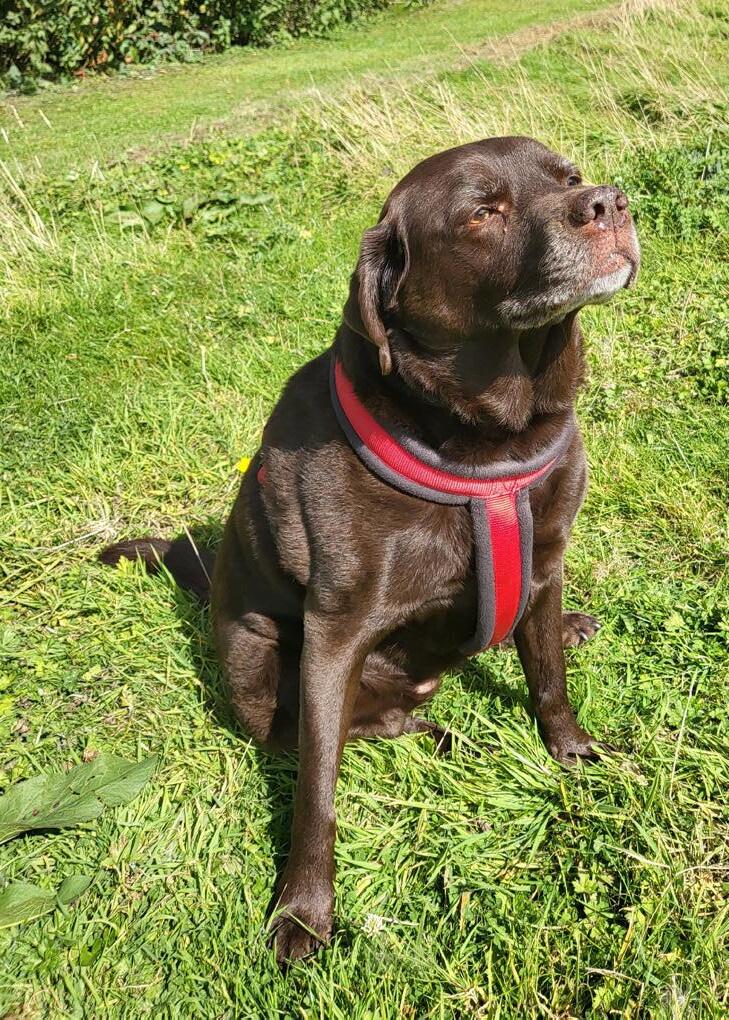
Our vets are using faecal matter from healthy animals to help dogs and cats recover from severe gastrointestinal issues. Through faecal microbiota transplantation (FMT), pets receiving this treatment have shown rapid improvements.
At the Hospital for Small Animals, a dedicated donor bank for FMT has been established. All donors undertake thorough screening to ensure high-quality material is used, which enhances the success rate.
Case studies
Poppy, an eight-year-old Labrador, was referred to the hospital with severe haemorrhagic gastroenteritis. Alongside pain relief and fluids, she received two FMTs over two days. Her diarrhoea ceased, serum protein levels normalised, and she quickly returned to her normal self and activities.
Gilbert, a seven-month-old British Shorthair cat, faced chronic diarrhoea and faecal incontinence. While awaiting test results, he also underwent FMT, which significantly improved
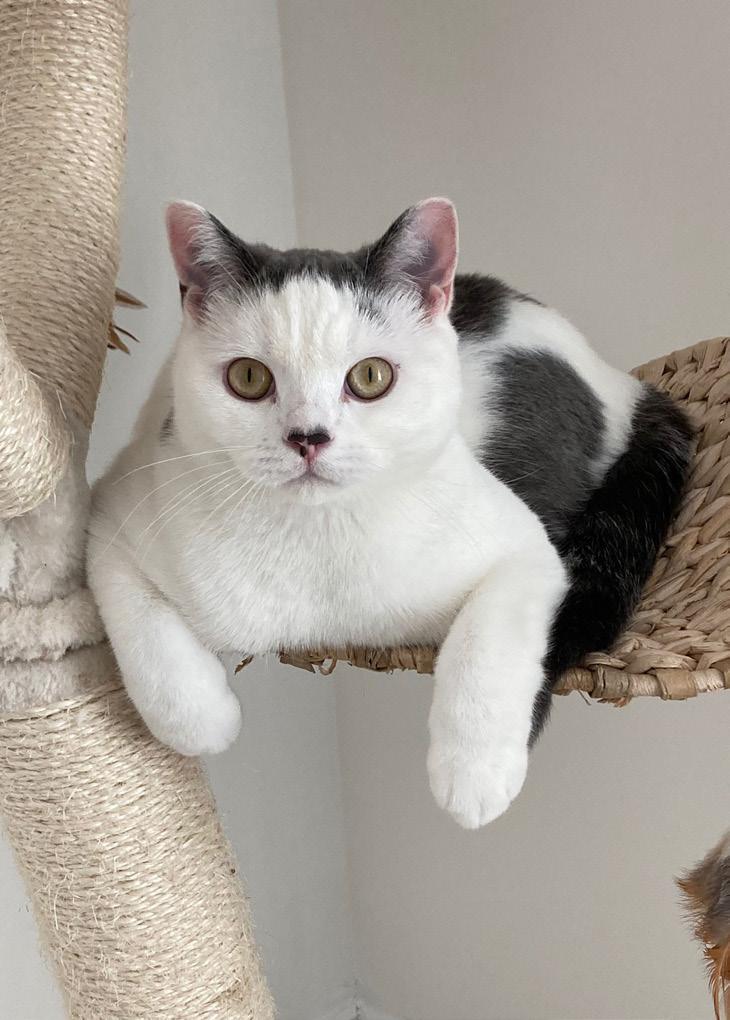
his condition. After treatment for a parasitic infection, he returned to his usual behaviour.
What is FMT?
FMT involves introducing a filtered blend of healthy faecal microbiota via an enema, helping restore gut balance. The procedure is generally quick and performed under mild sedation.
A focus on quality
Led by Professor Silke Salavati and Dr Julian Dandrieux, the Hospital’s FMT service collects and screens donor samples for pathogens and microbiome diversity, ensuring safety and efficacy.
“We are delighted at the success we have had in both feline and canine patients following FMT treatment. We place the highest importance on screening our donor material to ensure that the highest quality of microbiota is available to the animals with severe gastrointestinal problems.”
Professor Silke Salavati, Head of Internal Medicine, Hospital for Small Animals
Complex surgery corrects canine’s multiple eye conditions
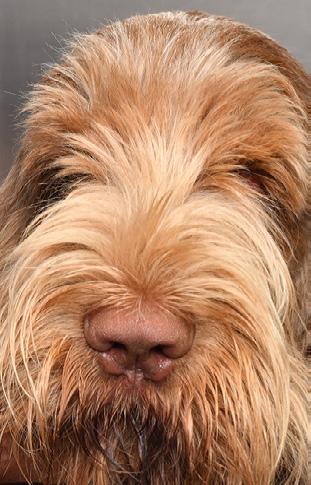

Veterinary specialists at the Hospital for Small Animals successfully restored the sight of Nico, a two-year-old Italian Spinone suffering from severe eye conditions. Referred by his vet, Nico had persistent conjunctivitis and was found to have entropion and macroblepharon, causing significant discomfort.
To address these issues, a team of ophthalmologists performed complex surgeries, including the Hotz-Celsus procedure and a modified KuhntSzymanowski procedure, to correct the eyelid problems and reduce excess skin weight.
After a two-and-a-half-hour surgery, Nico recovered well and was discharged the next day with improved eyesight, eyedrops, and a protective cone. He is now happy, confident, and pain-free.
“Nico was a challenging case because of multiple problems influencing his eyelid position. We are delighted with the end result - he is now free of eye pain and his sight has improved since his surgery! Nico is a super dog and it has been our pleasure to have cared for him here at the Hospital for Small Animals.”
David Kayes, Resident in Ophthalmology
Double radiotherapy success for arthritic dog with cancer
Bailey, an 11-year-old Labrador Retriever, has regained his health after radiotherapy to treat thymoma, a rare cancer of the thymus gland, and severe arthritis in his elbows. He underwent two rounds of radiation therapy at the Hospital for Small Animals, resulting in the tumour shrinking by more than 50 per cent.
Thymoma is rare and can press on vital organs. Bailey’s diagnosis revealed a tumour over 15 cm that caused lethargy and excessive thirst. He also had dangerously high calcium levels, addressed with intravenous medication before his referral for radiotherapy.
Surgery was not an option due to the tumour’s invasion into surrounding tissues, so radiotherapy was recommended. Over four weeks, Bailey received 20 outpatient radiation sessions using the Hospital’s VitalBeam linear accelerator. After treatment, follow-ups showed that his tumor continues to shrink and no longer affects his organ function, with normal calcium levels maintained.
Following his cancer treatment, Bailey was referred again for severe arthritis that wasn’t responding to standard medications. He received three low-dose radiotherapy sessions, which significantly improved his mobility and quality of life. He now participates in hydrotherapy and physiotherapy to support his joint function.
“We are thrilled with how Bailey’s thymoma has responded to the radiotherapy, allowing him to continue to have a fantastic life. We were delighted to be able to offer radiotherapy for his arthritis. This had become his primary issue, despite multimodal treatment by his primary care vet. Bailey is always happy to come and see us, usually because his visits involve a lot of cuddles and treats.”
Charlie Hawkes, Resident in Small Animal Oncology
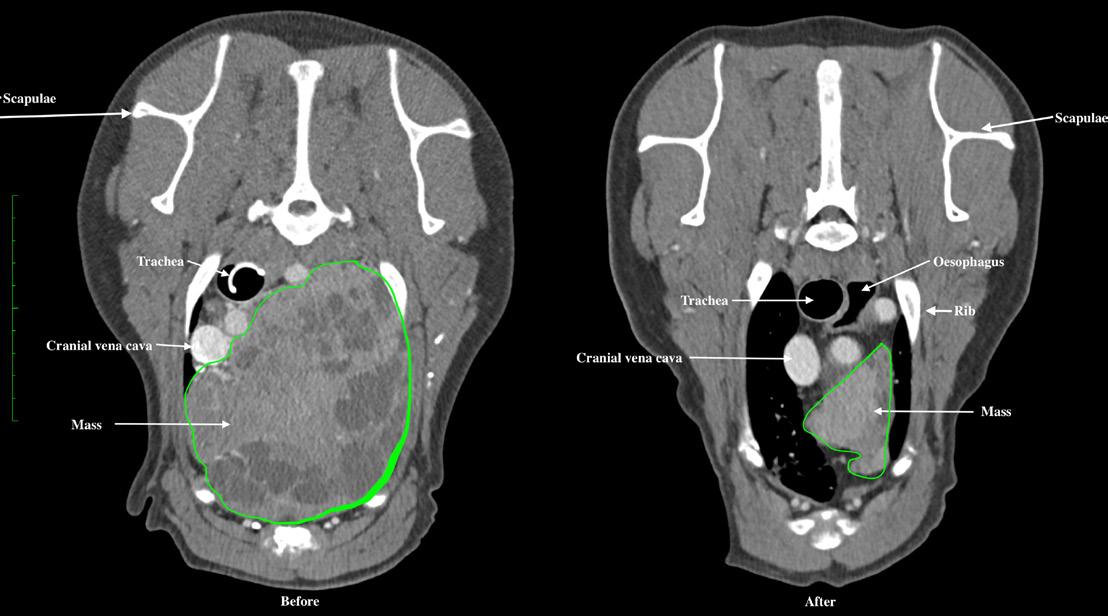
We can’t thank the Dick Vet oncology team enough for their expertise and the loving, attentive, supportive care they have given, and continue to give to Bailey. Without them Bailey would not be here today. Following
radiotherapy treatment for his tumour and arthritis, Bailey is now a picture of health and exudes happiness and playfulness once again.
Bailey’s owners
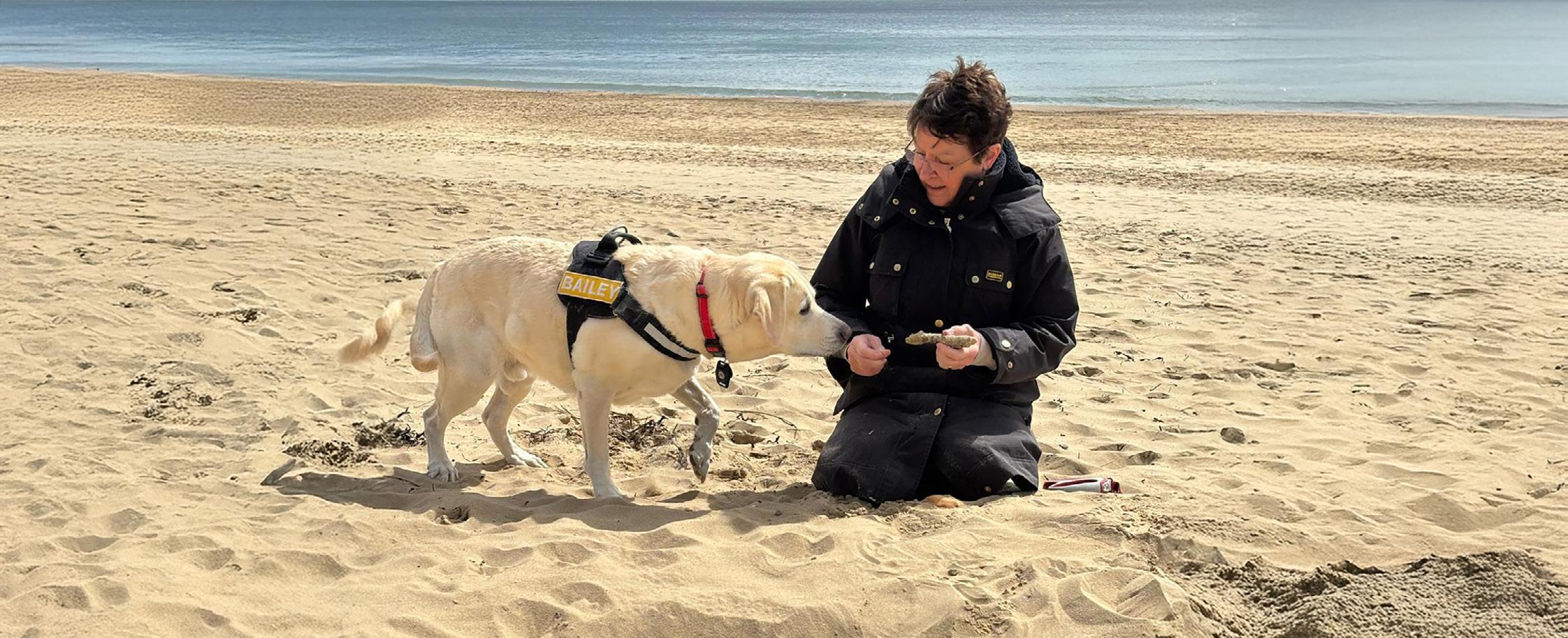
Above: Bailey’s CT Scan – before and after. Below: Bailey and Rachel Moran.
Teams work together to save cat after dog attack
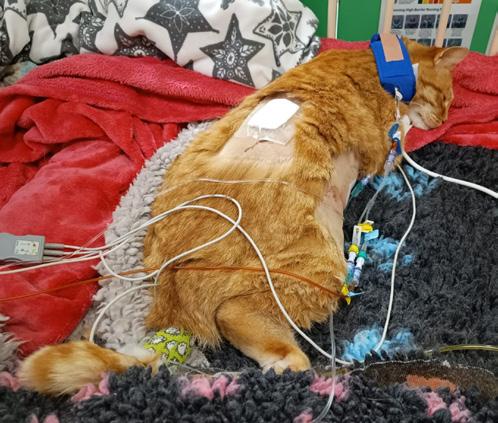
Gingy, an 11-year-old male cat, was referred to the Hospital for Small Animals as an emergency following a dog attack. He was experiencing severe pain due to several deep puncture wounds on his abdomen and back, and he also showed weakness in his hind legs.
The Hospital’s Neurology and Emergency and Critical Care teams collaborated to assess Gingy’s injuries. The Diagnostic Imaging team performed an emergency trauma CT scan, which revealed that a bone in his lower back was fractured and that his spinal cord was compressed.
Due to the location of some bite wounds and the damage to the cat’s abdominal wall, surgeons from the Soft Tissue Surgery Team performed exploratory surgery to check for any injuries to his major organs.
During the procedure, they discovered that Gingy’s right kidney had been detached from his abdominal wall, which is a rare and serious injury to the organ, resulting from the attack. The surgical team was able to reposition the kidney to its normal location and repair his wounds and damaged tissues.
After surgery, he needed 24-hour monitoring from the Hospital’s veterinary team and a tailored pain relief plan. He faced muscle damage, fluid buildup, and low blood pressure, complicating his care. The team opted against further surgery on his spinal fracture, choosing instead antiinflammatory medication and a physiotherapy programme at our REPAIR Centre to help restore his mobility.
Gingy recovered well and was discharged 10 days after surgery, with his owners reporting good kidney function and mobility.
The Hospital for Small Animals has 40 RCVS specialists across 15 referral services, supported by a qualified clinical and nursing staff, ensuring top-notch care for the thousands of patients referred each year.
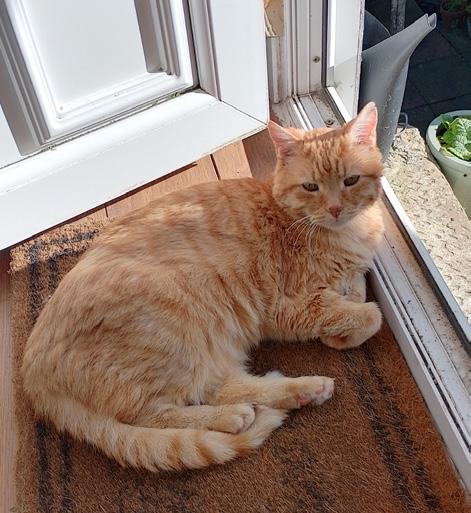
“We are delighted that Gingy is doing so well... We’re very lucky to have a multi-disciplinary team at the Hospital, that work together to ensure that complex cases like this get the benefit of everyone’s expertise. Our nursing team also does an incredible job to ensure that pets are cared for and supported whilst away from their families.”
Dr Craig Breheny, RCVS and European Recognised Specialist in Small Animal Internal Medicine
Trial drug therapy to prevent oral melanoma in dogs
A clinical trial is being launched to test a new treatment for aggressive oral cancer in dogs. Veterinarians at the School will evaluate the effectiveness of tigilanol tiglate, a plant-derived drug from the blushwood tree in Queensland, Australia, for treating canine oral melanoma.
Currently, there are few treatment options, and dogs often survive less than a year after diagnosis. Tigilanol tiglate disrupts blood vessels in tumors while protecting healthy tissue, potentially eliminating the need for invasive surgery.
The trial will initially involve eight dogs, with plans to involve more if early results are favourable. This research could also shed light on human mucosal melanoma, which shares similarities with canine oral melanoma and is difficult to diagnose until advanced.
The trial is funded by QBiotics, the creators of tigilanol tiglate, and will also support a PhD student working on the study.
By harnessing the power of a naturally derived compound, we aim to offer new hope to dogs suffering from this aggressive disease, and potentially gain insights that could benefit human medicine as well.
Kelly Blacklock Professor of Small Animal Soft Tissue Surgery
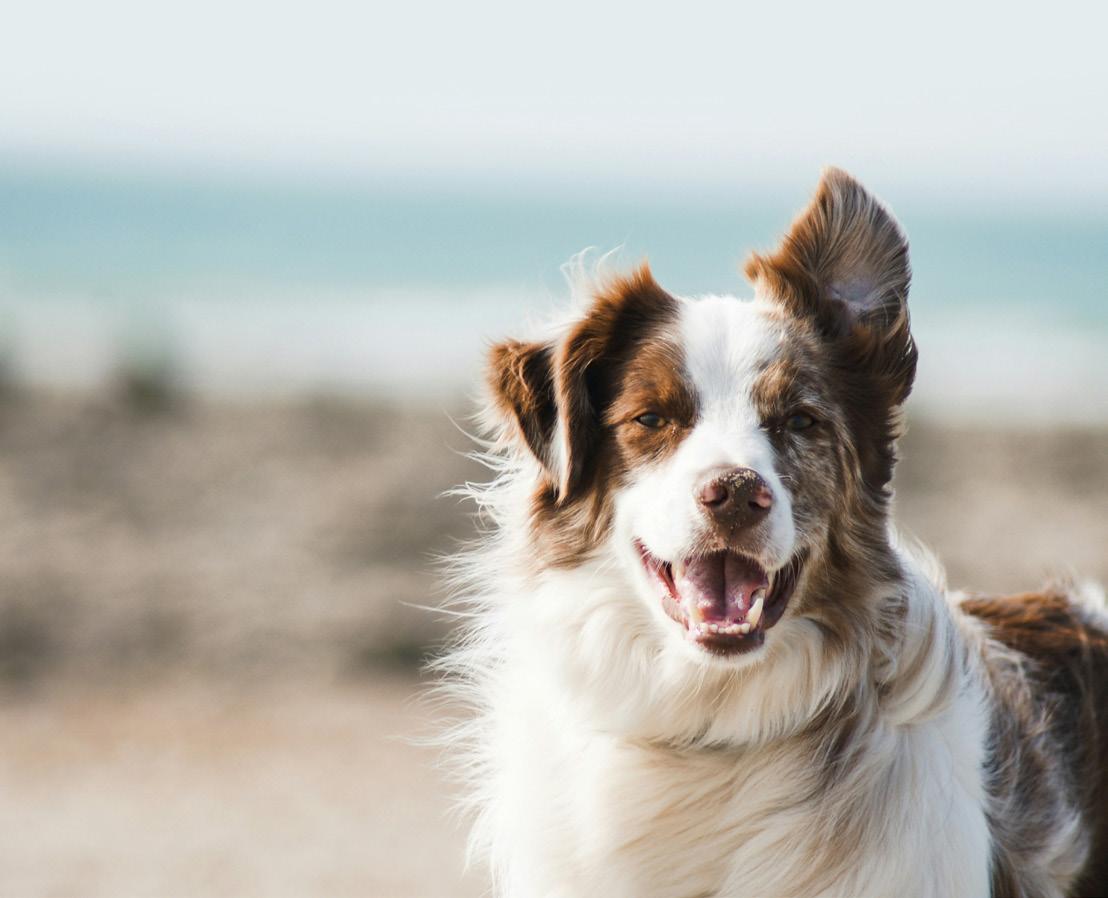
Neurology Specialists use 3D-printed guide to stabilise dog’s spine
Geralt, a one-year-old pug, has fully recovered following surgery to drain fluid and stabilise his spine. Veterinary Neurology Specialists at the School utilised a custom 3D-printed guide during the procedure, which enabled precise placement of screws to stabilise his vertebrae.
Geralt was referred to the Neurology Service due to unsteadiness and weakness in his back legs, along with urinary and faecal incontinence. MRI and CT scans revealed a spinal arachnoid diverticulum (SAD), an abnormal buildup of cerebrospinal fluid around the spinal cord that can lead to neurological problems. Some connecting joints in Geralt’s vertebrae were also absent.
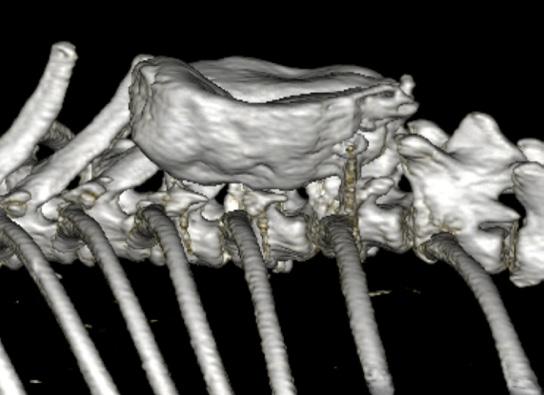
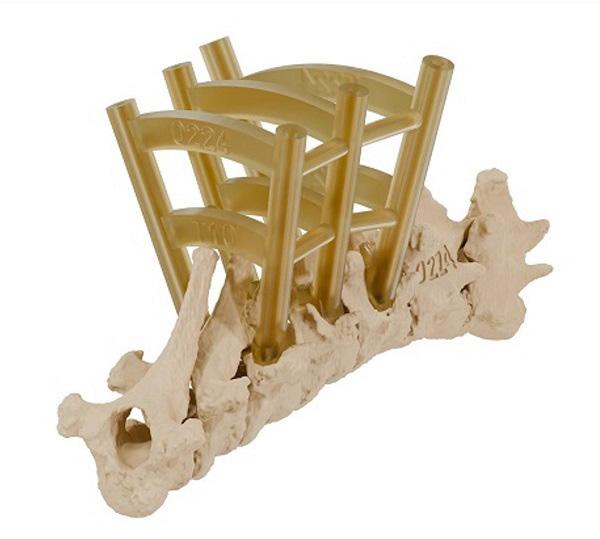
“It was a joy for us to see Geralt begin his new life after the surgery. We were scared at first, but Geralt immediately responded well after the surgery. Now he is happy, he runs and plays with other dogs and enjoys his life to the fullest. Thank you all for the hard work and help.”
Geralt’s owners
After discussing treatment options with Geralt’s owners, surgery was deemed the best solution. The 3D-printed guide, created in collaboration with Fusion Implants, allowed surgeons to accurately insert screws and apply bone cement to fuse the vertebrae.
Geralt recovered quickly; his incontinence was resolved and he regained full strength in his hind legs.
SAD, while not painful, can worsen over time if untreated, affecting both dog and owners’ quality of life. The condition may have a genetic component, as certain breeds are more susceptible. The Neurology Service at the Hospital for Small Animals, one of Europe’s largest veterinary neurology referral services, frequently treats cases of SAD, and has successfully operated on five dogs with the condition in the past year.
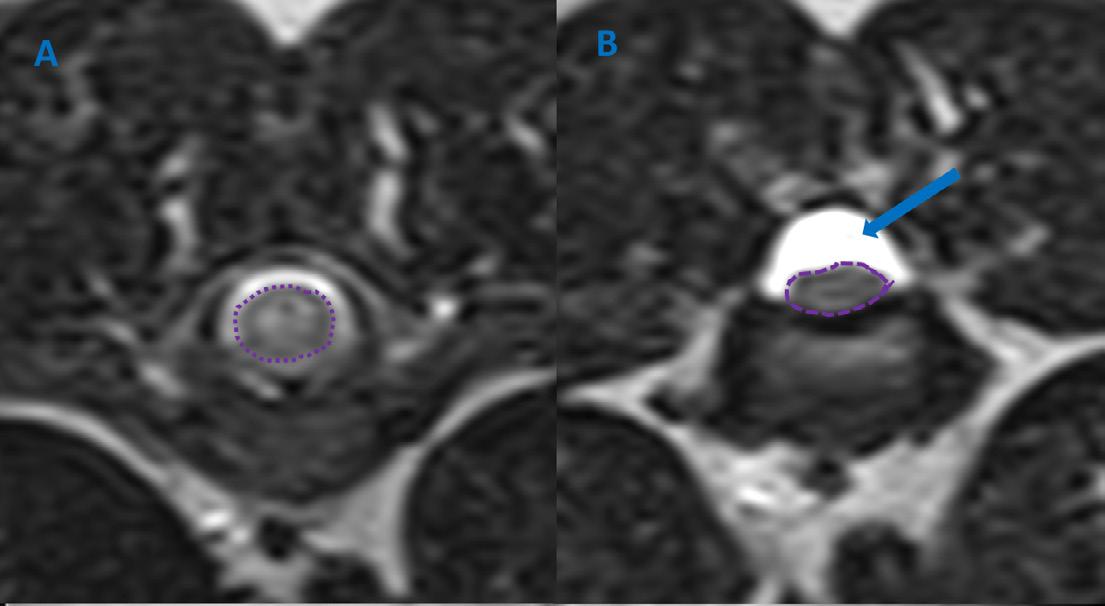
We are delighted to offer surgical solutions for animals with SAD and are keen to see how we can adopt the technology of using 3D models for other neurological uses.”
Dr Aran Nagendran, Co-Head of Neurology Service
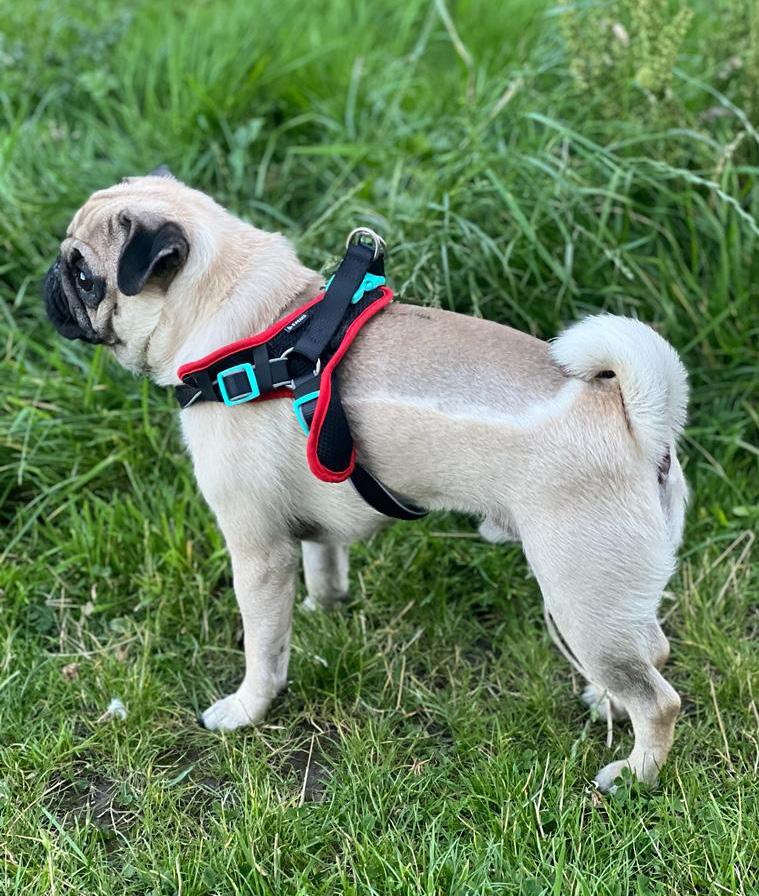
Above: A. normal spinal cord (dotted red circle); B. Geralt’s compressed spinal cord (dotted red circle) due to the build-up of cerebrospinal fluid (highlighted by the blue arrow); Geralt has made a full recovery.
A. B.

Dick Vet Equine Hospital first in
Scotland
to offer standing CT and MRI
The Dick Vet Equine Hospital has acquired a new standing CT scanner, significantly improving the Hospital’s diagnostic capabilities.
In March 2024, the standing computed tomography (CT) scanner was delivered, allowing for the imaging of standing, sedated horses. This makes the Dick Vet the only equine hospital in Scotland to offer both standing magnetic resonance imaging (MRI) and dedicated standing CT scanners.
The CT scanner can produce high-resolution 3D scans in as little as three minutes while minimising radiation exposure to surrounding tissues. It is set up in a purpose-designed room, ensuring safe and easy access for the horses.
While both CT and MRI provide valuable imaging, each method has unique strengths. MRI is better for assessing soft tissues due to its reliance on proton movement, while CT excels at visualising bones and hoof walls. A standing CT scan can image multiple areas in under five minutes, which is considerably faster than an MRI.
Lameness is the most common reason for veterinary referrals, and the Dick Vet’s Orthopaedic Service sees many such cases each year. The Hospital boasts a large team of specialists across various fields, making it one of the UK’s top equine referral facilities.
For three years, horses referred for MRI scans related to foot and lower limb issues will also receive a CT scan at no additional cost. This preliminary scan will help identify any metal clenches in the hoof wall, thereby reducing the risk of injury during MRI.
A three-year study will compare the sensitivity and specificity of these systems for issues such as navicular syndrome and coffin joint osteoarthritis. The findings will ultimately assist veterinarians in making informed decisions and will help reduce unnecessary imaging procedures.
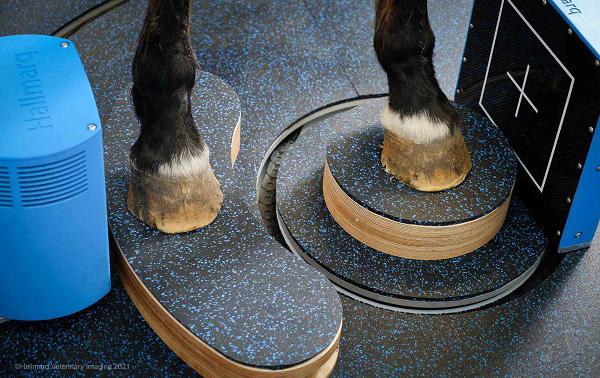
Vet School helps penguin from Edinburgh Zoo
Alfie, an eight-year-old king penguin resident at Edinburgh Zoo, had stopped eating and was experiencing daily neurological episodes and vomiting. The Royal Zoological Society of Scotland (RZSS) veterinary team monitored him closely and, after clear X-rays and an endoscopy, sought help from the Hospital’s Neurology team.
The team recommended CT and MRI scans to identify the issue. To keep him calm on his journey to the Hospital, he was lightly sedated and placed in a cool barrel, with close monitoring from vets via a remote camera.
After admittance under specific protocols for zoo animals, the team was able to perform the scans. The results indicated there was inflammation in Alfie’s brain suggestive of a neurological emergency. Alfie was diagnosed with a suspected infectious meningoencephalitis; this rare condition is considered to be a neurological emergency and can be lifethreatening if not treated quickly.
Fortunately, the team was able to prescribe medication to fight the infection, and Alfie returned home under close observation from his keepers and the RZSS team. His seizures stopped, his appetite returned, and he is now recovering well, having rejoined the main penguin colony at Edinburgh Zoo.
“I am incredibly grateful to be involved in caring for Alfie. Treating such an extraordinary animal is truly special. While we remain cautiously optimistic about Alfie’s progress due to the seriousness of his condition, we are thrilled to see him recovering well. It’s wonderful to know he’s now back with his friends.”
Dr Joao Miguel De Frias, Lecturer in Neurology, Hospital for Small Animals
“Our relationship with the Royal (Dick) School of Veterinary Studies not only allows us the opportunity to access this specialist equipment and their facilities, but also to collaborate with their world-renowned team. It’s wonderful that we can work together to provide the best care for our animals and share our knowledge and skills across our teams.”
Dr Stephanie Mota, Veterinary Surgeon at the Royal Zoological Society of Scotland
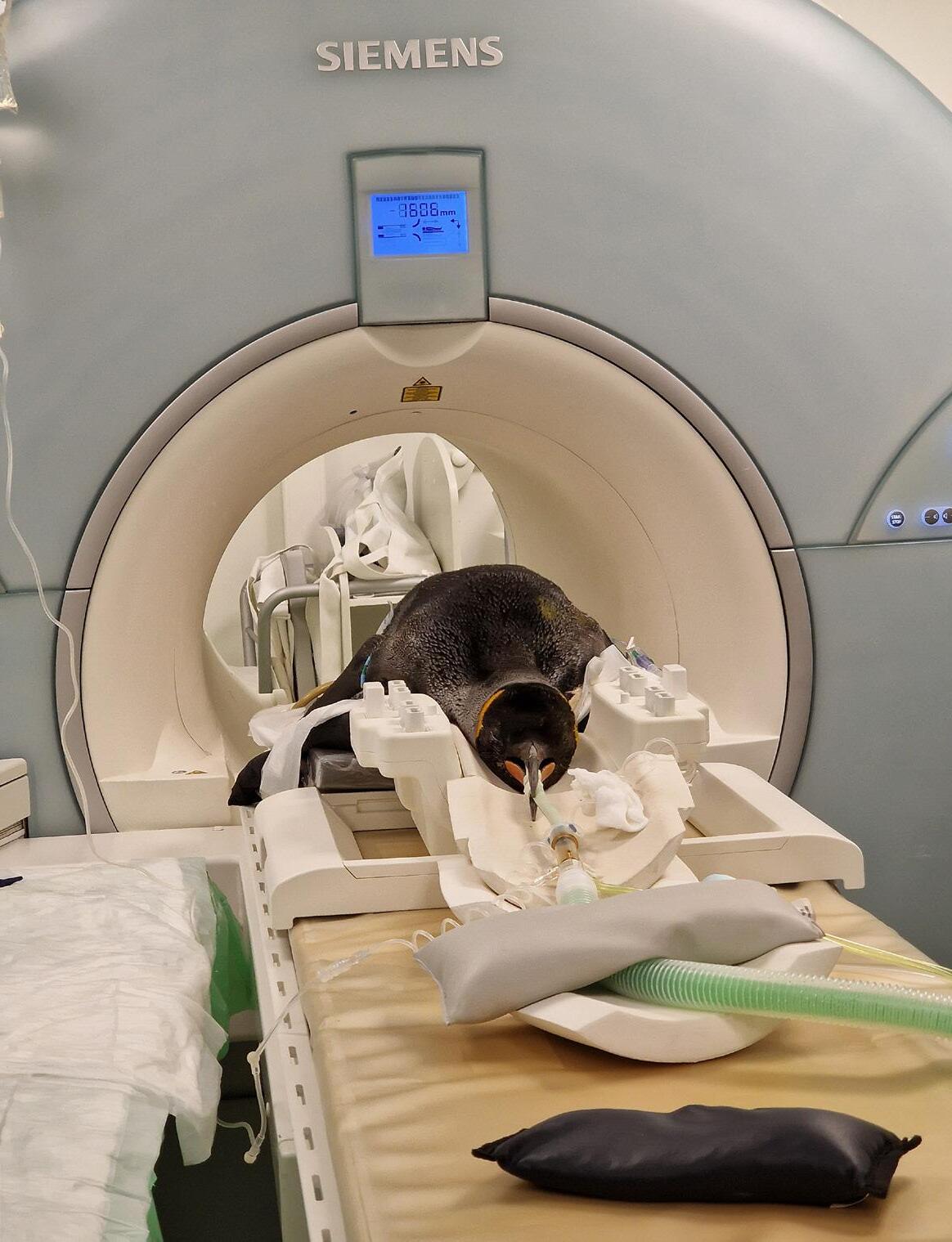
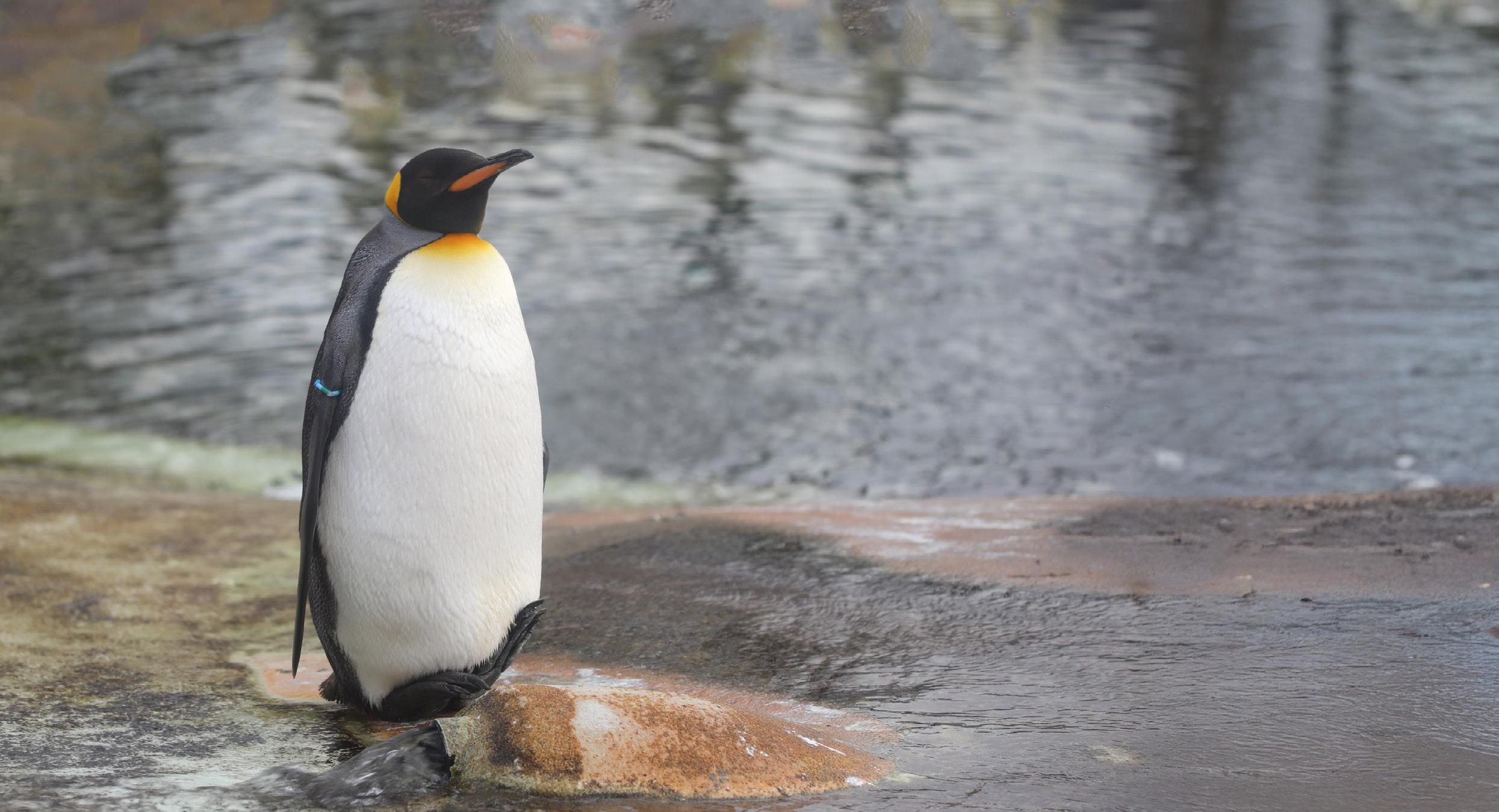
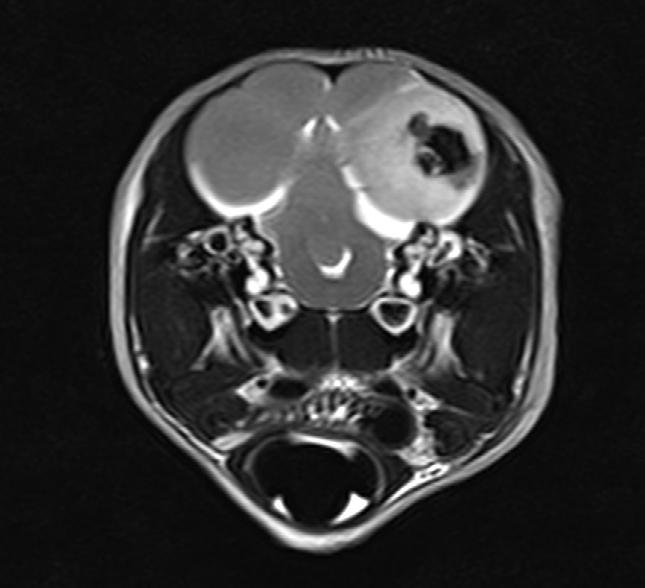
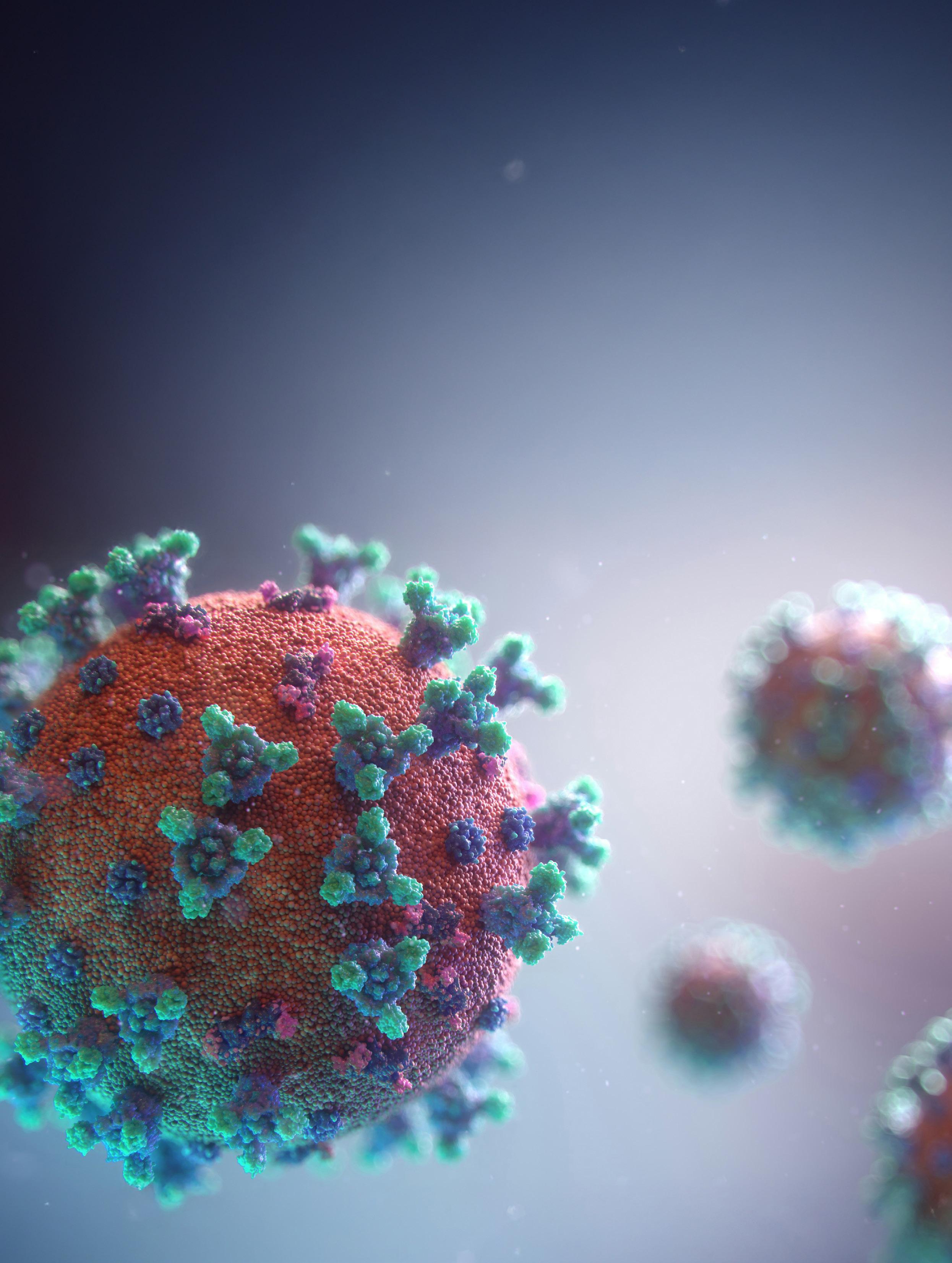
Research and Innovation
Disease X: How virus ancestry could help predict next pandemic
Understanding virus evolution can help narrow down the range of pathogens that could lead to future epidemics. By analysing the family history of viruses, scientists are able to identify which strains might have the potential to become a so-called Disease X, the next global pandemic threat.
A study led by a scientist from the Roslin Institute has identified 70 virus lineages—groups of related viruses—that pose the greatest risk. The research indicates that viruses from other genetic backgrounds are unlikely to result in a high number of infections in humans. These findings will support ongoing efforts to monitor and prepare for future pandemics, particularly in guiding the development of vaccines and diagnostics.
Virus evolution
The research team traced the lineage, or family tree, of 743 distinct species of RNA viruses, which carry their genetic information in RNA, akin to DNA. These viruses are responsible for many diseases, such as the common cold, Covid-19, and measles, and have caused most epidemics and global pandemics in recent history. The study encompassed all RNA virus species currently known to infect humans.
Researchers aimed to better understand the potential origins of Disease X—a generic term used by the World Health Organization to describe a hypothetical, unidentified pathogen that could pose a significant threat to humanity.
Streamlining surveillance
Monitoring RNA viruses in animal populations may help identify those most likely to emerge and spread rapidly among humans. However, the sheer number of these viruses complicates and increases the cost of surveillance efforts.
The research team compared the evolution of strictly zoonotic viruses— those that spread from animals to humans but not between humans— with human-transmissible viruses, which can spread within human populations. The findings revealed that viruses transmissible among humans typically evolve independently from strictly zoonotic viruses.
Human-transmissible viruses often emerge when related viruses from the same lineage can already spread between humans. Historically, strictly zoonotic viruses have not led to epidemics within human populations. The presence of a close relative that can infect humans, but cannot spread between humans, does not appear to increase the risk of epidemic potential.
Zoonotic risk
The research team cautions that there is still a possibility that the next pandemic could arise from a strictly zoonotic virus, such as bird flu, or from an entirely new virus. Nevertheless, the findings provide a pathway for enhancing surveillance for Disease X among the vast number of RNA viruses currently in existence.
This study has been published in the journal Molecular Biology and Evolution. The research team included scientists from the University of Liverpool and Peking University in China. The study was funded by the EU Horizon 2020 programme and the Biotechnology and Biological Sciences Research Council, part of UK Research and Innovation.

Viruses without the right ancestry don’t seem to cause epidemics. Out of potentially huge numbers of mammal and bird viruses in circulation, we should concentrate on the ones that are related to existing human viruses with epidemic potential. This research narrows the search for the next Disease X enormously.
Professor Mark Woolhouse, Professor of Infectious Disease Epidemiology, University of Edinburgh
A Mapping the blue mussel genome: Enhanced production and resistance
quaculture experts at the Roslin Institute have partnered with Atlantic Aqua Farms to map the complete set of chromosomes for the blue mussel, an important commercial species in Europe and North America. Researchers aim to revolutionise mussel farming and improve disease resistance using advanced gene sequencing technologies.
The high-quality genome map identifies over 65,000 genes, providing a comprehensive overview of the mussel’s genetic makeup. This development is particularly significant for the aquaculture industry, which relies on efficient and sustainable breeding practices to meet the growing demand for mussels.
Aquaculture breeding
In Prince Edward Island, Canada, home to the world’s only commercial mussel hatchery, this information will allow farmers to select mussels with desirable traits. For example, the new data will enable them to breed mussels with stronger byssus threads, which are essential for the mussels to securely attach to ropes, ensuring a more stable yield. Additionally, the genomic insights will aid in selecting mussels that grow faster and produce more meat, enhancing overall productivity for mussel farms.
Disease resistance
The mapped genome allows scientists to study the immune responses of different mussel populations, leading to targeted breeding programmes that enhance disease resistance. This approach will reduce losses caused by illness and improve the health and sustainability of mussel populations, according to the research team.
Ecosystem conservation
This research not only benefits commercial aquaculture but also contributes to the conservation of wild mussel populations by ensuring their health and genetic diversity. Blue mussels can spread and establish themselves in non-native regions, affecting local ecosystems. Access to detailed genomic data will enable scientists to track and mitigate the impact of these invasive populations, thereby preserving the balance of marine environments.
In the coming months, the research team plans to explore the genetic diversity of blue mussels in Scotland, leveraging the complete genome map for more detailed analyses. This research was published in the G3: Genes, Genomes, Genetics journal. The project was funded by Genome Canada and was carried out in close collaboration with Atlantic Aqua Farms.

This research project marks a significant advancement in aquaculture. It showcases how genomic research can provide practical solutions for commercial aquaculture and environmental conservation.
Dr Tim Regan, Career Track Fellow, Roslin Institute.
Bird flu: Genetic clues could help breed resistant chickens
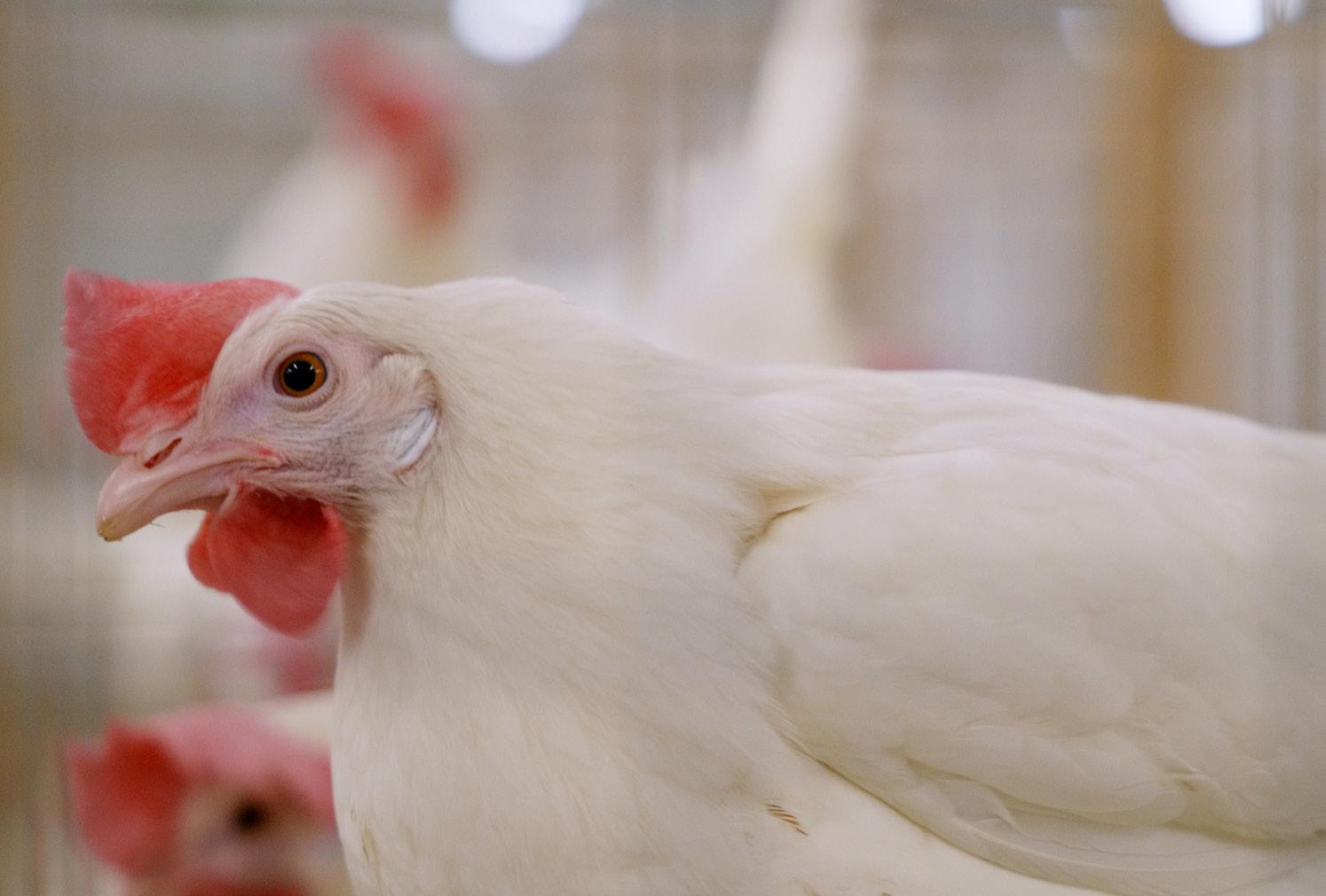
Scientists have identified genetic regions linked to bird flu resistance in chickens, which could lead to more resilient poultry flocks.
In a study of chickens that survived a major avian influenza outbreak in 2015, researchers from the Roslin Institute analysed blood samples and found several areas of the genome that may influence natural resistance.
While no single gene accounted for survival, certain genes related to the immune system and the response to the virus were identified. This work is a significant step toward breeding chickens with greater resilience to avian flu, benefiting both bird welfare and the poultry industry.
Some of the genes discovered, including ANP32A, are known to aid in viral resistance, supporting the relevance of the newly identified genes.
As outbreaks of highly pathogenic avian influenza (HPAI) become more common, further research could help protect poultry and inform public health. This study was published in the International Journal of Molecular Sciences, in collaboration with HyLine International and partners from Warsaw and Iowa State University, and was funded by the Iowa Egg Industry Center and the BBSRC.
Chickens are extremely vulnerable to highly pathogenic strains of avian flu, so being able to examine DNA from a few birds that survived, provided us with a unique opportunity to try and understand the genetics underlying resistance. This research gives us our first look at how the host response may enable birds to fight off infection—something we’re only beginning to understand now.
Dr Jacqueline Smith, Senior Research Fellow, the Roslin Institute
New DNA encoding method supports genetics research

A novel method for encoding genetic ancestry could enhance the analysis of large DNA datasets. Developed by a team including scientists from the Roslin Institute, this approach tracks which DNA sections are inherited from ancestors, creating networks of inheritance paths known as ancestral recombination graphs (ARGs).
This technique is applicable across various species and has been used to unify genealogy among over 7,000 human genomes and millions of SARS-CoV-2 genomes, aiding in the study of the virus’s evolution. It enhances data storage and analysis, facilitating easier sharing of results globally. The study emphasizes the potential for richer insights in population genetics and broader applications in genomics.
Led by the Big Data Institute and published in Genetics, the research represents a significant advancement in managing growing genomic datasets.
“This work highlights a way forward in working with ever-increasing genomic datasets both in number of individuals and number of DNA markers. We expect that analyses based on this DNA data encoding will also enable richer analyses and their applications across several areas of genetics.”
Professor
Gregor Gorjanc, Roslin Institute
Fatido via Getty Images.
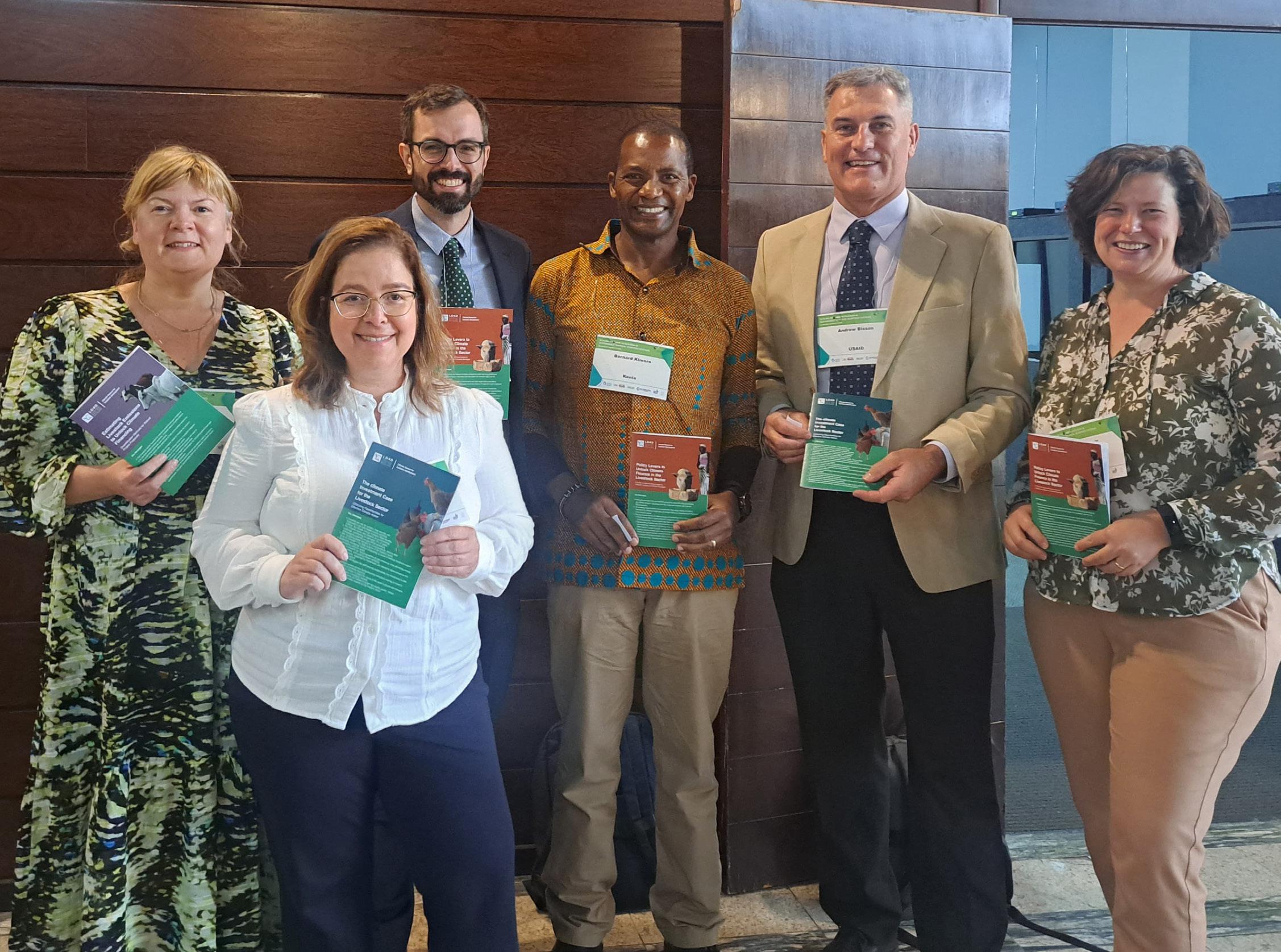
Climate finance to boost sustainable development
Experts from SEBI-Livestock are focused on promoting sustainable livestock development by addressing critical data and evidence gaps. In 2024, SEBI-L convened a group of experts to identify and address the barriers that prevent climate finance from reaching the livestock sector in low-and middleincome countries (LMICs). The Climate Finance & Livestock Solutions Group, consisting of 20 international experts from the Livestock Data for Decisions (LD4D) Network, released evidence briefs to provide decisionmakers with essential information to unlock access to funding that can help the sector address its climate change impacts. Despite supporting over 1.3 billion people, climate finance for this sector in LMICs remains disproportionately low. Closing the gap between climate finance and sustainable livestock development could enhance food security and reduce environmental impacts.
One significant barrier to accessing climate finance is the lack of robust information. The three evidence briefs address these barriers and aim to improve access for livestock-dependent communities.
These briefs highlight the potential for increased investment from public and private sectors to help the livestock sector achieve food
security and environmental goals. The first brief outlines the evidence that can help countries make an investment case for climate funding applications. It explains how more climate finance can enable the adoption of climate-smart solutions such as rotational grazing. The second outlines how national policies can be designed to help channel finance into sustainable livestock development initiatives, while the third summarises methods for measuring emissions in livestock systems to enhance project design.
Dr Gareth Salmon, Senior Researcher at SEBI-Livestock, noted that investors often view livestock as a high-risk sector and lack clear methodologies for quantifying returns. The evidence briefs aim to clarify risks and opportunities, fostering informed actions in sustainable livestock development.
The Climate Finance Solutions Group represents SEBI-Livestock’s commitment to collaborative, cross-sectoral efforts to address livestock data gaps and better meet the needs of decision-makers.
Learn more at www.livestockdata.org/climate-finance
SEBI-L staff and LD4D Solutions Group Members at a meeting in Brazil 3-5 September on Scaling Methane Mitigation in Sustainable Tropical Agrifood Systems at the margins of the G20 meeting of the Agriculture Working Group. Left to right: Karen Smyth (SEBI-L Programme Director), Ana Miranda (LD4D Development Manager), Greg Kohler (Climate and Clean Air Coalition), Bernard Kimoro (Government of Kenya), Andrew Bisson (USAID), and Laura Cramer (International Livestock Research Institute - ILRI).
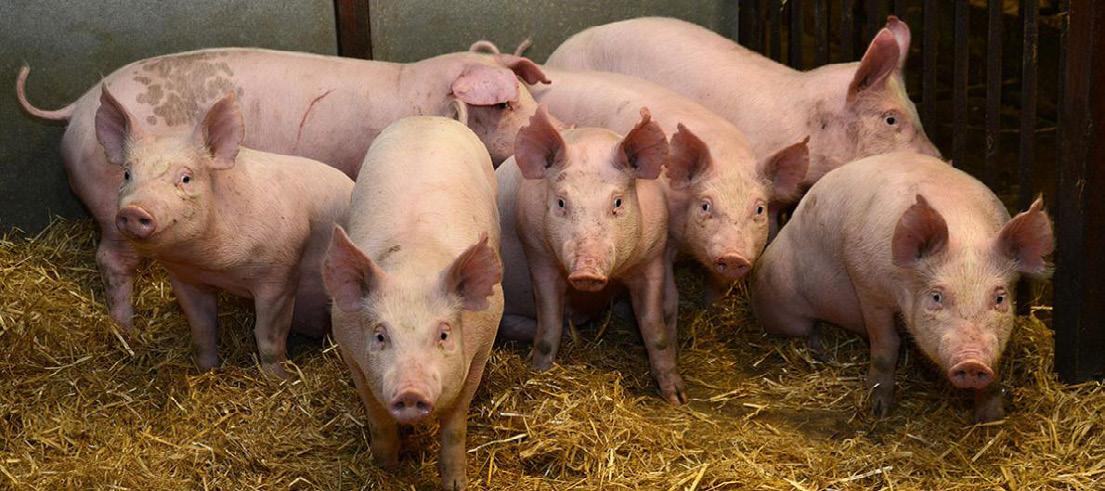
Study to evaluate effects of zinc oxide ban
A UK collaboration led by the Roslin Institute has received £1.1 million from the Biotechnology and Biological Sciences Research Council (BBSRC) to examine the effects of a ban on zinc oxide in pig diets, which took effect in June 2024. The ban follows concerns that zinc oxide use in weaning piglets may contribute to antimicrobial resistance (AMR).
The project aims to support the pig industry in adapting to these regulatory changes while prioritising piglet health. Researchers will monitor bacteria levels linked to post-weaning diarrhoea (PWD) in various commercial pig herds, examining both the genetic makeup of these bacteria and the pigs’ gut microbiome.
This consortium includes partners from Queen’s University Belfast, the Animal and Plant Health Agency (APHA), Scotland’s Rural College (SRUC), Edinburgh Napier University, and the University of Surrey, along with the feed company AB Neo. This award builds on a previous £201,000 grant focused on managing PWD and its implications for AMR.
The research seeks not only to assess the impact of the zinc oxide ban but also to develop sustainable strategies to manage PWD in pig production systems.
Data Insights in Managing Livestock Disease Spread
A recent analysis provides crucial insights into cattle movements, aiding veterinary decision-making. Researchers from the Roslin Institute and the University of Makerere in Uganda analysed official data on cattle trade across Uganda.
The aim was to identify key hubs for targeted surveillance and intervention against Transboundary Animal Diseases (TADs), which pose significant threats to animal populations and the livelihoods dependent on livestock. Understanding cattle movement patterns can improve resource allocation for disease management in subSaharan Africa.
The findings revealed seasonal variability in cattle movements influenced by climate, market demand, and cultural practices. Distinguishing between central trade hubs and peripheral areas is essential for effective surveillance and intervention strategies.
Creating a database of cattle movement data will enhance vaccination strategies, biosecurity measures, and disease control practices. The team has already piloted a disease surveillance system and published guidelines on data gathering, benefitting researchers and policymakers. This work was published in Nature Scientific Reports and involved collaboration with French and Ugandan colleagues.
By addressing the uncertainties surrounding ‘zero zinc’ and offering evidence-based solutions, we set out to support the pig industry to adapt while maintaining the health and welfare of piglets.
Dr Deborah Hoyle, the Roslin Institute
“We are dedicated to navigating the challenges posed by the ban on zinc oxide in pig diets. By conducting comprehensive studies across commercial pig herds, we hope to provide actionable insights that will safeguard piglet health and support sustainable pig production practices.”
Dr Sam Beechener, Scotland’s Rural College
By leveraging this knowledge, authorities can better safeguard livestock populations and protect the nation’s agricultural economy through targeted, risk-based approaches.
Lina Gonzalez Gordon, PhD student and first author
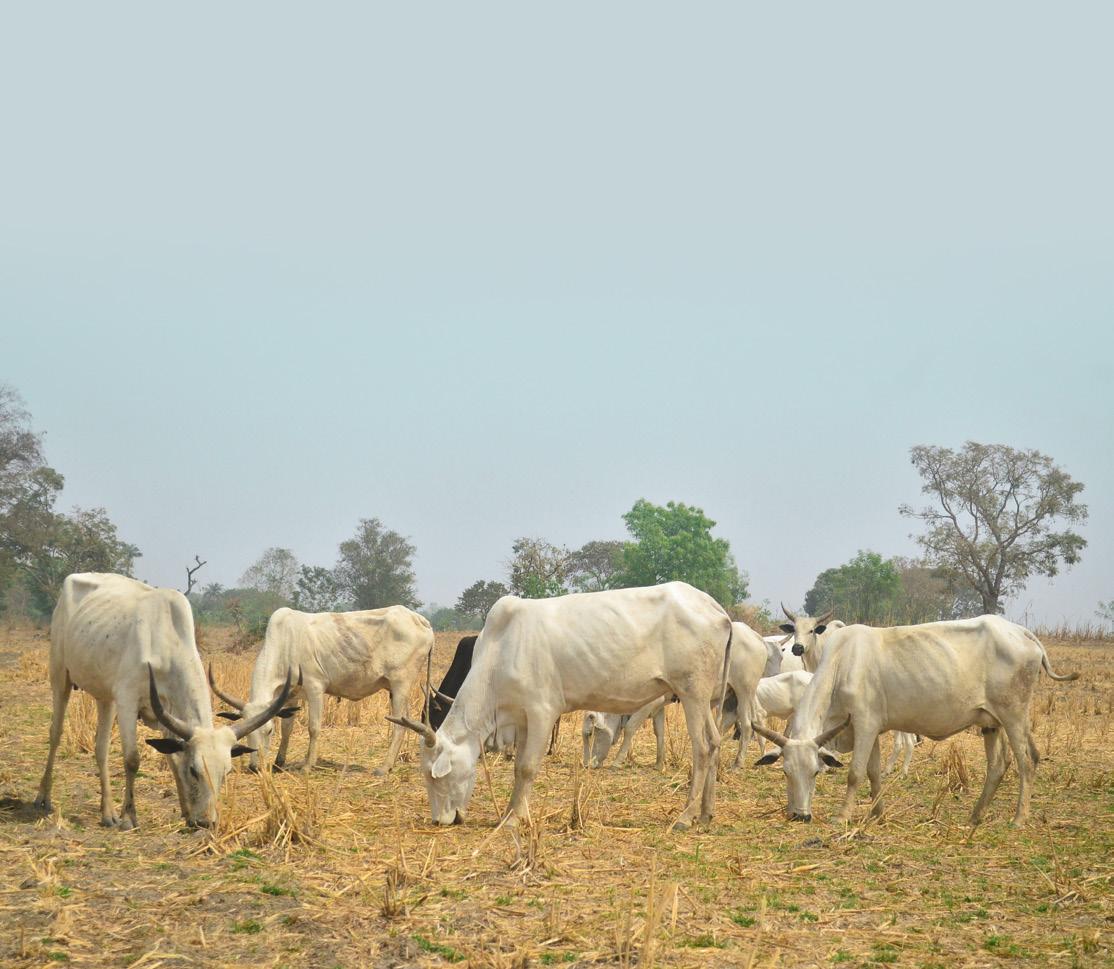
Squirrelpox virus spreads north of central Scotland S
cientists from the Royal (Dick) School of Veterinary Studies confirmed in April the death of a red squirrel from squirrelpox virus in an area previously unaffected by the disease.
The case on the outskirts of Dunfermline, Fife, was the first time the virus has been confirmed north of Scotland’s central belt. Its arrival in the area poses a major threat to Scotland’s more northerly red squirrels, experts say.
People living in the region are urged to remain vigilant and take action to help reduce the spread of the disease, by recording sightings of affected squirrels and removing garden feeders, which can enable disease spread.
Confirmed squirrelpox
Squirrelpox is carried by grey squirrels. It does not affect greys, but can be rapidly lethal when passed to red squirrels.
Symptoms include ulcers, scabs and weeping lesions, which can prevent reds from eating, drinking or moving. It is usually fatal within two weeks and an outbreak can cause local populations to crash.
The case was confirmed via post-mortem examination of a red squirrel by the Royal (Dick) School of Veterinary Studies, after the squirrel was found by a member of the public.
The pox virus was confirmed by the Edinburgh research team and colleagues at the Animal and Plant Health Agency.
This is a worrying development for red squirrels in Scotland, as this case north of the central belt may be the prelude to squirrelpox expansion both locally and further northward, although more investigative work is required to fully assess this risk.
“This case also highlights the key role members of the public have in wildlife conservation, as this case was detected from the submission of a dead red squirrel by a member of the public. If any members of the public come across further dead red squirrels in and around Dunfermline, these can be posted to us for examination by following our detailed guidelines.”
Liam Wilson
Royal (Dick) School of Veterinary Studies

Under threat
Scotland’s red squirrel populations are under threat from the spread of the invasive non-native grey squirrel which, along with carrying the squirrelpox virus, also outcompete red squirrels for food and habitat.
When squirrelpox is present, greys can replace red populations around 20 times as fast as they can through competition alone, experts say.
Preventing spread
Local organisations in Fife are working alongside the Edinburgh research team and Saving Scotland’s Red Squirrels to determine the spread of the disease so far and protect red squirrels in the area.
The Eastern Lowland’s Red Squirrel Group is leading local efforts, working in partnership with the volunteer-led Fife Red Squirrel Group. Those interested in volunteering with survey and/or grey squirrel control efforts in the Dunfermline area can email: elredsquirrelgroup@gmail.com
We are asking for everybody to keep a close eye out for, and take photos of, any sick-looking red squirrels and email these to us, as well as report all sightings of both species to our website to inform local efforts.
Nicole Still Programme Manager at Saving Scotland’s Red Squirrels
Indigenous chickens reveal environment-driven microbiome diversity
A recent study has explored the ecological impact of Ethiopia’s environment on the gut microbiomes of indigenous chickens, offering insights for global poultry farming. Conducted by researchers from the Roslin Institute and the Centre for Tropical Livestock Genetics and Health, the study examined over 200 village chickens across various altitudes and climates.
The findings revealed significant microbial diversity influenced by climate, altitude, and diet, with nearly 10,000 unique microbe genomes identified. Ethiopian village chickens showed more complex microbiota compared to European commercial poultry, highlighting their adaptability due to high-fibre diets and diverse environmental conditions.
As indigenous chickens are crucial for the livelihoods of millions in Ethiopia and have been understudied, the research emphasises their potential for informing sustainable practices amid climate change and rising consumer demands. Future studies aim to apply these findings to other regions and species, enhancing food security in sub-Saharan Africa and beyond. The research was supported by various international institutions and published in the journal Microbiome.
Tackling environmental shocks in the drylands
Hundreds of millions of pastoralists in drylands rely on extensively grazing livestock as their primary livelihood. This practice significantly contributes to national economies and provides nourishment and employment opportunities. However, extensive grazing is highly vulnerable to drought. Drought can lead to livestock mortality, devastating household wealth and potentially trapping families in poverty.
Pastoral cultures employ strategies like mobility, herd diversification, and livestock redistribution to cope with drought. Unfortunately, these strategies cannot support all households, especially as access to open rangelands diminishes due to wellmeaning policies aimed at improving education and health or introducing crops and irrigation. Such dynamics often undermine the resilience of pastoral systems.
The Jameel Observatory works to combat hunger and malnutrition in dryland areas by integrating local knowledge with advancements in data science. By harnessing insights from affected communities, the Observatory aims to address climaterelated food security issues through evidence-based approaches. Recent projects are generating detailed weather and socioeconomic data to better support local needs.
Our
study highlights the extraordinary microbial diversity shaped by Ethiopia’s climate zones and traditional farming practices. There’s a lot that both commercial and smallholder farmers can learn from each other based on the gut microbiota of their animals. By studying indigenous chickens, we can gain essential insights into how environmental factors drive microbiome diversity, which is crucial for developing sustainable poultry farming practices globally.
Laura
Glendinning, Chancellor’s Fellow, the Roslin Institute
Experts are collaborating with communities to enhance early warning communications, adjusting content, language, and delivery methods for greater impact. Researchers also seek to incorporate local knowledge into external early warning systems to ensure they meet community requirements.
The Jameel Observatory for Food Security Early Action is a partnership led by the University of Edinburgh, alongside the International Livestock Research Institute, Save the Children, the Abdul Latif Jameel Poverty Action Lab, and Community Jameel.
“Often, the models that are used to predict environmental shocks and food insecurity have little data from less-developed regions. While high-frequency and high-resolution data is extremely important for forecasts, there is little effort to collect it in some regions.”
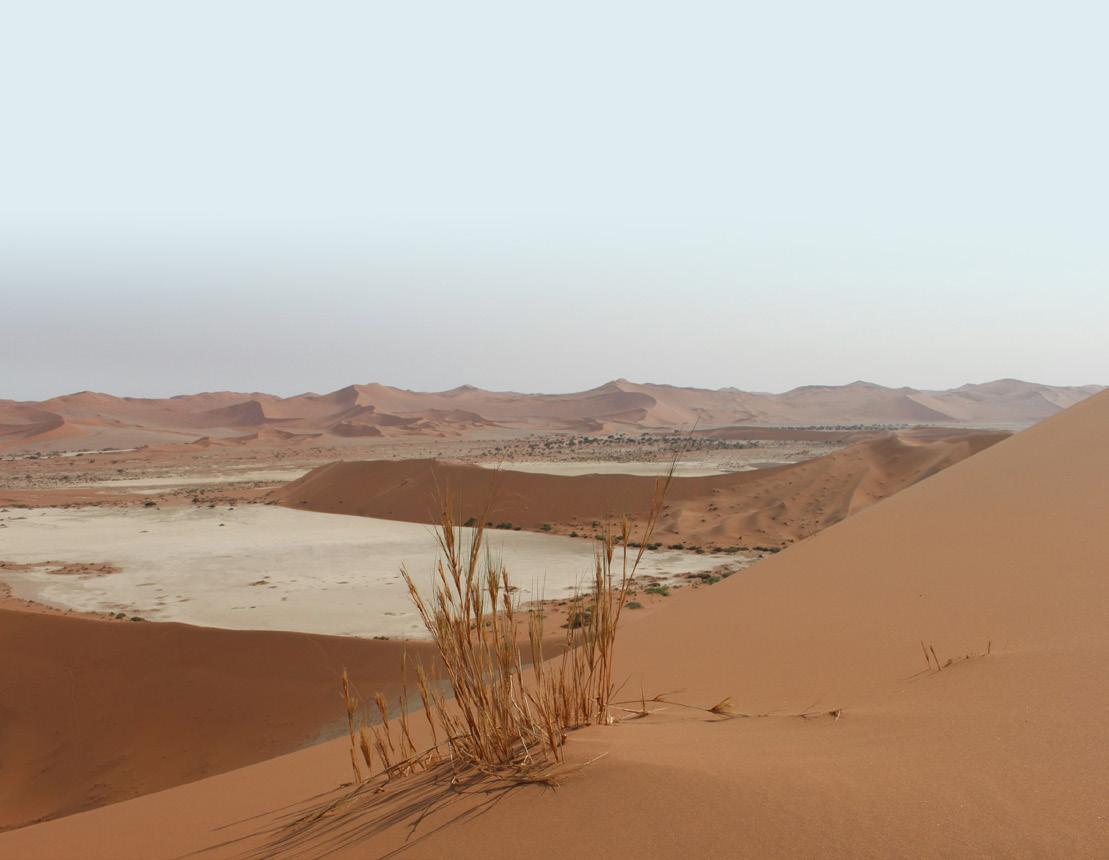
Dr Nathan Jensen, Senior Research Fellow at the Global Academy of Agriculture and Food Systems, and research lead for the Jameel Observatory for Food Security Early Action
AMR expert network secures funds to tackle resistance
A network co-directed by Professor Dominic Moran from the University of Edinburgh and Clare Chandler from the London School of Hygiene & Tropical Medicine has received a £650,000 grant to combat antimicrobial resistance (AMR). This funding is part of a larger £4.8 million UK Research and Innovation (UKRI) initiative aimed at addressing the challenges of AMR throughout the UK.
The network, titled IMPACT AMR: a Transdisciplinary Network, will prioritise interventions across the One Health settings, engaging policymakers and members of the community through consultation workshops to determine the most effective solutions. The IMPACT network is currently made up of a team of 20 researchers, but the directors hope to expand the network to include dozens of other researchers in the AMR community, both nationally and globally.
“By involving the community and policy experts in a consultative process, we aim to move the science-policy interface forward on AMR, which is currently quite muddled. The network’s approach includes evaluating the effectiveness, cost, and political feasibility of various AMR interventions in healthcare, agriculture, and the environment.”
Prof Dominic Moran, Co-director of IMPACT AMR: a Transdisciplinary Network, University of Edinburgh

Study to understand eating habits of young Scots
Thousands of children and young people across Scotland are being surveyed on their eating and drinking habits to inform actions to improve health across the nation.
The Dietary Intake in Scotland’s Children (DISH) survey is being carried out by the Global Academy of Agriculture and Food Systems and market researchers Taylor McKenzie on behalf of Food Standards Scotland (FSS).
Information gathered from the survey will be used to support improvement of children’s health in Scotland. It will help to shape policy and advice on diet and to achieve the Scottish Government’s ambition to halve childhood obesity by 2030.
The survey has been posted to the homes of around 17,000 randomly selected children and young people between the ages of two and 15.
Those invited to take part received a purple envelope asking them to share information, via an online questionnaire, on what they eat and drink.
Parents or carers of younger children were asked to complete the survey on their behalf.
“We want to include lots of different families across the whole of Scotland. The online survey will provide us with helpful information to
support the Scottish Government’s ambition to halve childhood obesity by 2030.”
Professor Lindsay Jaacks, Project Lead, Global Academy of Agriculture and Food Systems
“This important piece of work will be the first time in over a decade that we have collected information on what children and young people eat and drink in Scotland. In that time there has been a wave of changes to where we eat, and what is on offer. What surrounds us, shapes us, and in Scotland we are surrounded by less healthy food and drink options. This makes it challenging for families in Scotland to eat well.”
Dr Fiona Comrie, Senior Public Health Nutrition Adviser at Food Standards Scotland
“Improving our children’s health by ensuring everyone can get affordable, healthy food has never been more important. When where we live is awash with unhealthy food, and healthy options are out of reach, it makes it harder to eat well; this can lead to poorer health. This survey will help Food Standards Scotland and others identify where the issues are that need to be addressed to improve our children’s health.”
Professor Linda Bauld, Chief Social Policy Advisor to the Scottish Government
SolStock via Getty Images.
A Soil carbon model could aid in climate change mitigation
team of researchers from the Global Academy of Agriculture and Food Systems has developed a streamlined model to accurately track organic carbon stocks in soil.
The model, known as ProCarbon-Soil (PROCS), is a robust and reliable tool for carbon soil quantification, which could play a pivotal role in the global fight against climate change, the research team says.
While existing models’ ability to combine computational models with observational data is limited by their complexity, PROCS overcomes these by simplifying parameters and focusing on matching field data for better accuracy in validating carbon credits.
Agriculture meeting
The model was developed in collaboration with the Brazilian Agricultural Research Corporation (EMBRAPA) and Bayer Crop Science. The program involves extensive data collection from around 1,900 farms in Brazil which will soon be used for model calibration and evaluation of uncertainties in model predictions.
EMBRAPA experts presented the model at the G20 Meeting of Agricultural Chief Scientists earlier this year in Brasilia, Brazil. As emphasised at the meeting, the adoption of PROCS could significantly bolster carbon farming initiatives, helping to meet the increasing commitments of companies to reduce emissions and achieve net-zero targets.
Streamlined model
“Traditional soil organic carbon models have been widely used to predict soil carbon stock changes. However, these models often perform poorly when presented with new data,” says Professor Luis Gustavo Barioni of the Global Academy. “Such shortcomings make these models unsuitable for the precise demands of carbon farming trading schemes,” Barioni adds.
In response to this challenge, PROCS retains the fundamental principles of established dynamic models but offers significant improvements in matching real-world data.
The key advantage of this model lies in its streamlined approach, reducing the number of data variables to track carbon stocks.
This simplification allows for fewer parameters while producing similar results of popular and more complex models, reducing the need for expensive soil sampling. The use of data assimilation algorithms further enhances the model’s accuracy, enabling real-time updates and adjustments.
Dr Rafael De Oliveira Silva Global Academy of Agriculture and Food Systems
This partnership aims to refine the model for global application, ensuring it can be effectively implemented across diverse agricultural practices and soil types.
Carbon credits: why are they important?
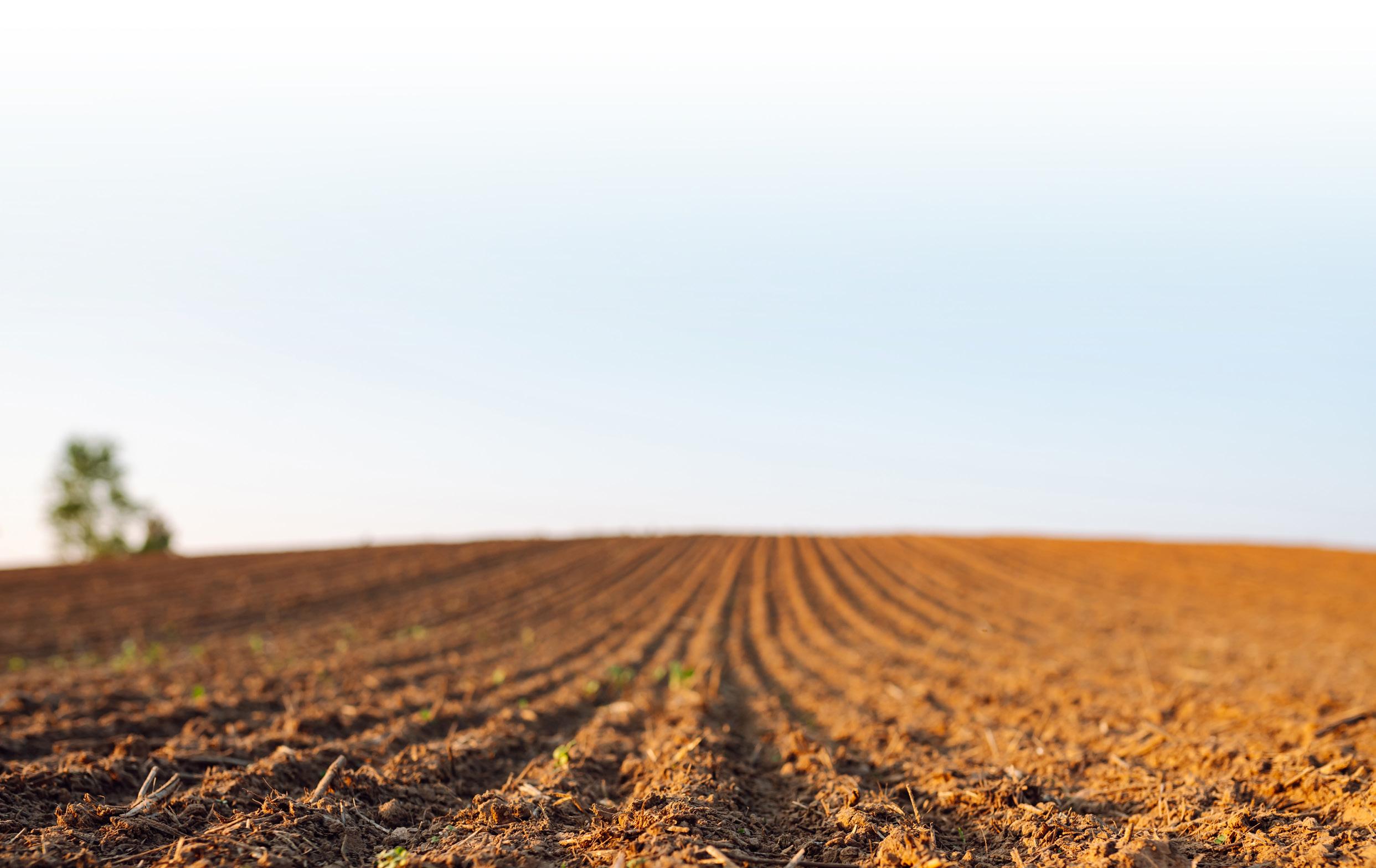
Carbon farming is rapidly gaining attention as a nature-based solution for capturing atmospheric carbon and storing it as soil organic carbon. To support this effort, improved soil management practices, precise monitoring through soil sampling and thorough economic evaluation are essential.
The accurate quantification of carbon in soil is crucial for validating and certifying carbon credits under carbon farming trading schemes.
Carbon credits provide financial incentives for companies and farmers to reduce their greenhouse gas emissions, creating a framework that supports global efforts to mitigate climate change and promote sustainable development.
The model is currently gaining accreditation to be used in certified carbon trading schemes. The process of model validation and accreditation takes around six months.
How to contact us
We depend on your support to maintain our high standards and fund new developments. You can help us to deliver the future of veterinary medicine. Here’s how to contact us:
Marketing and Communications vet.marketing@ed.ac.uk
Hospital for Small Animals 0131 650 7650 HFSAreception@ed.ac.uk
Equine Hospital 0131 650 6253 EQH@ed.ac.uk
Farm Animal Hospital 0131 445 4468 farmanimalpractice@ed.ac.uk
Roslin Institute 0131 651 9100 info@roslin.ed.ac.uk
Undergraduate Admissions vetug@ed.ac.uk
Postgraduate Research Admissions vetpgresearch@ed.ac.uk
Postgraduate Taught Admissions mvmpg@ed.ac.uk
Global Academy of Agriculture and Food Systems globalagriculture@ed.ac.uk
Or visit our website at: www.vet.ed.ac.uk
